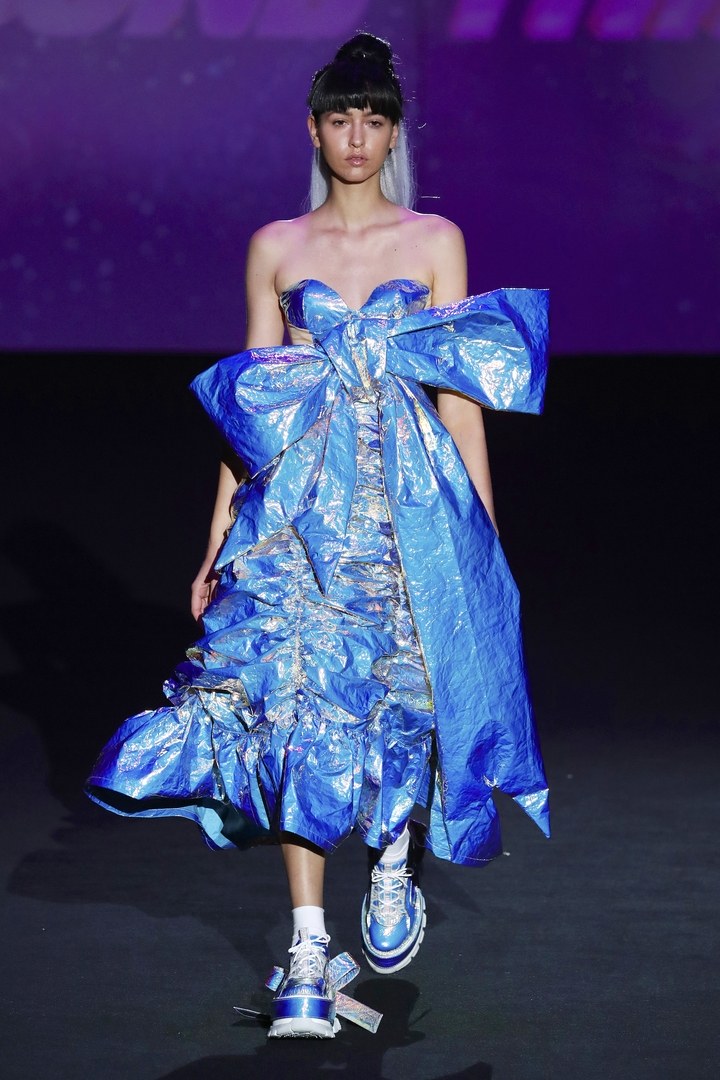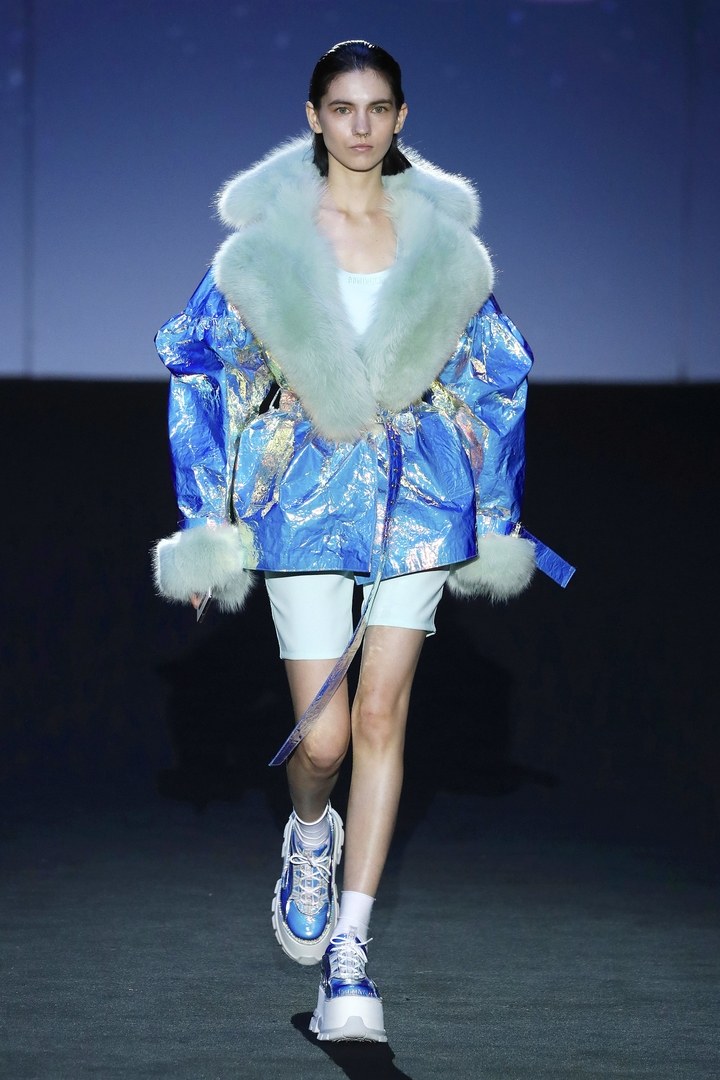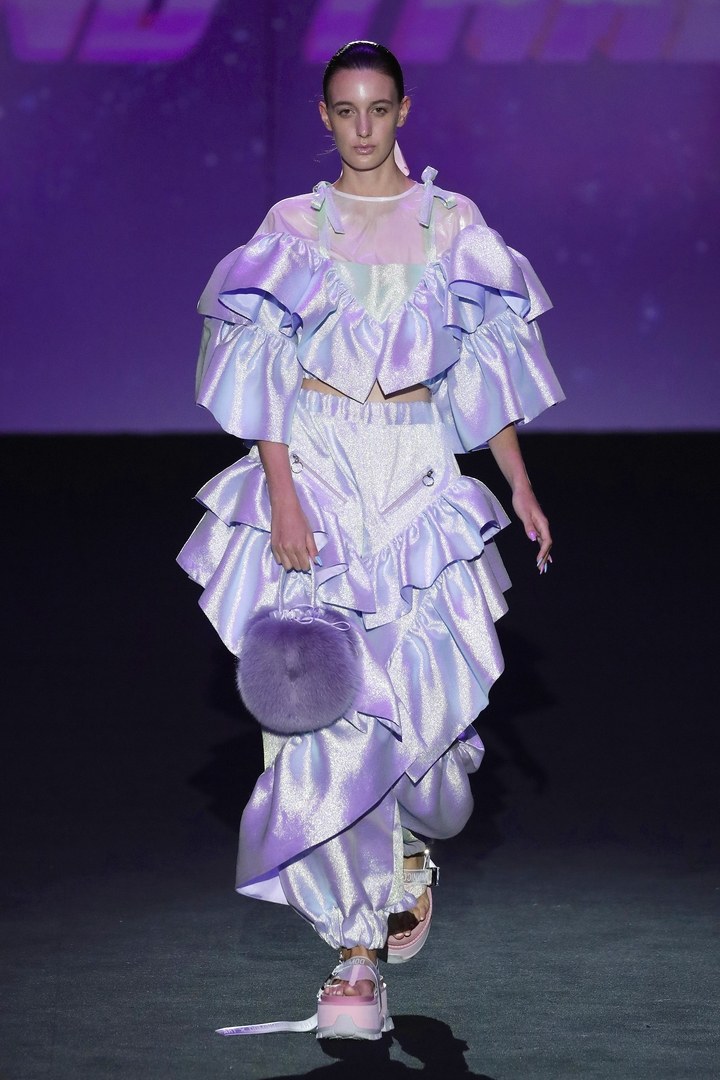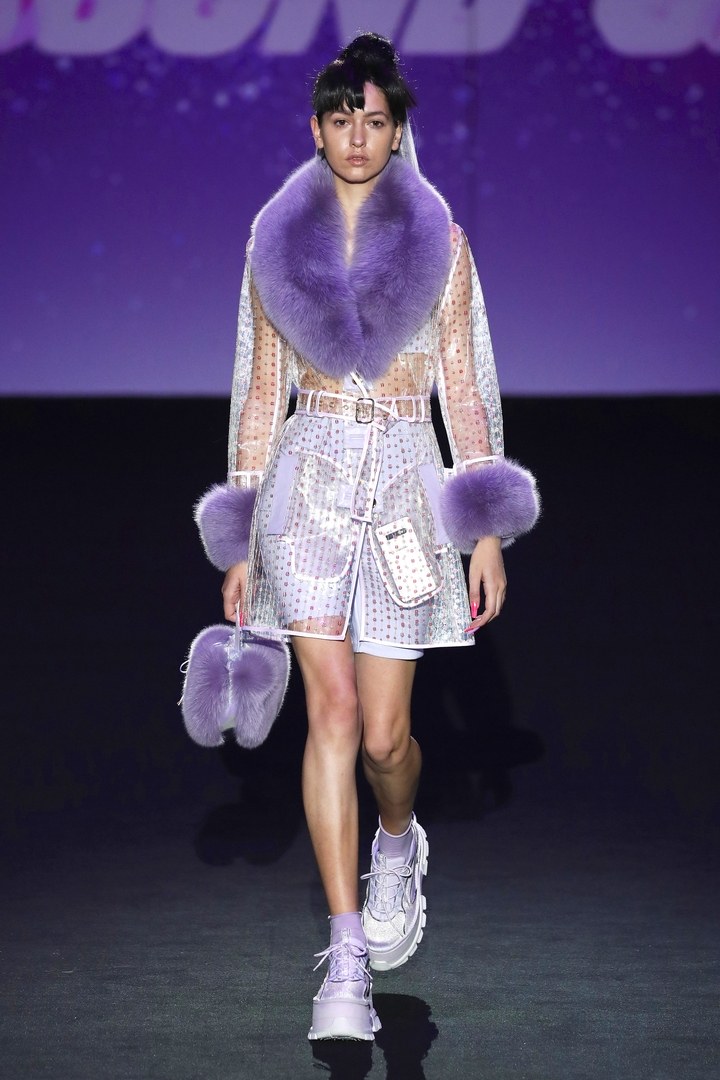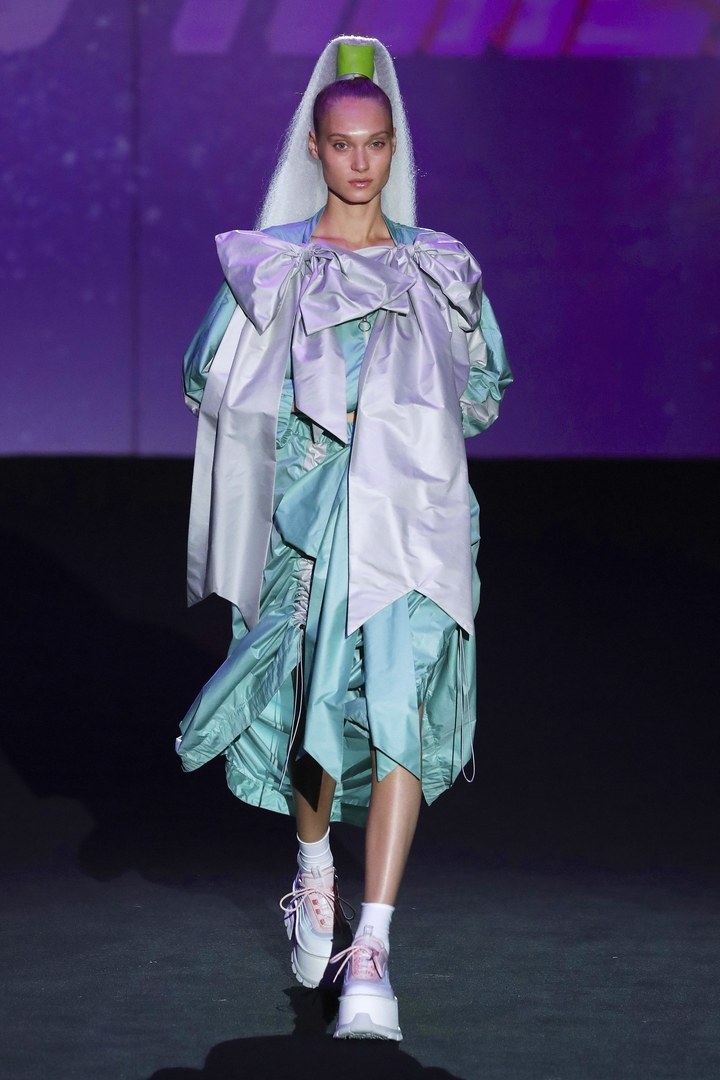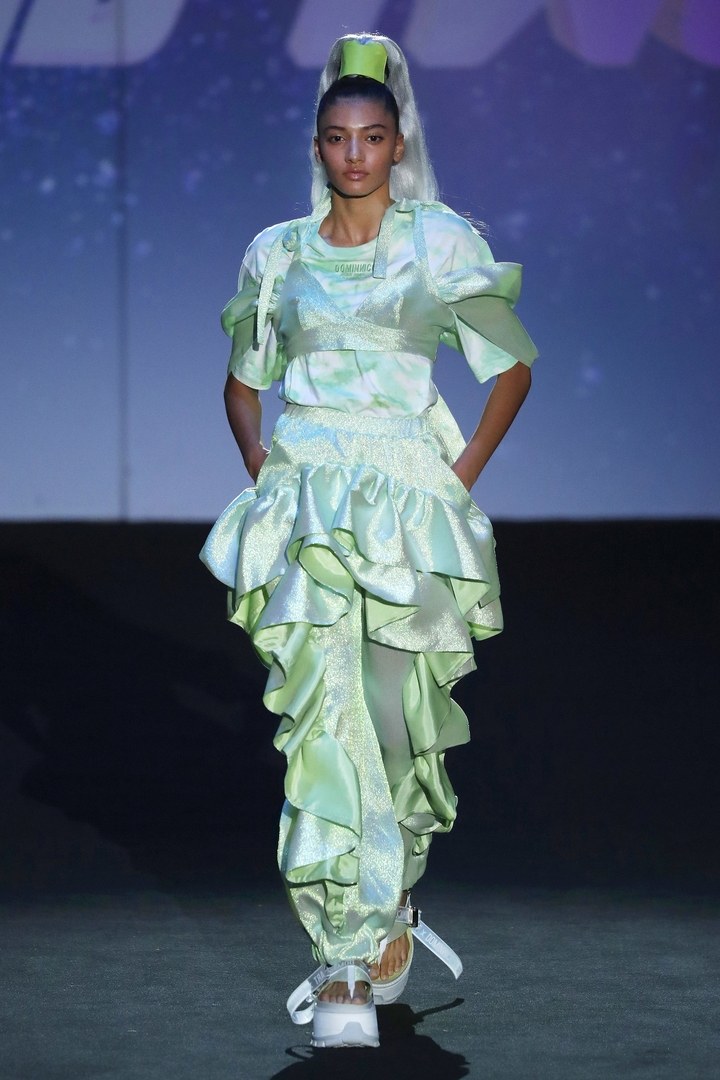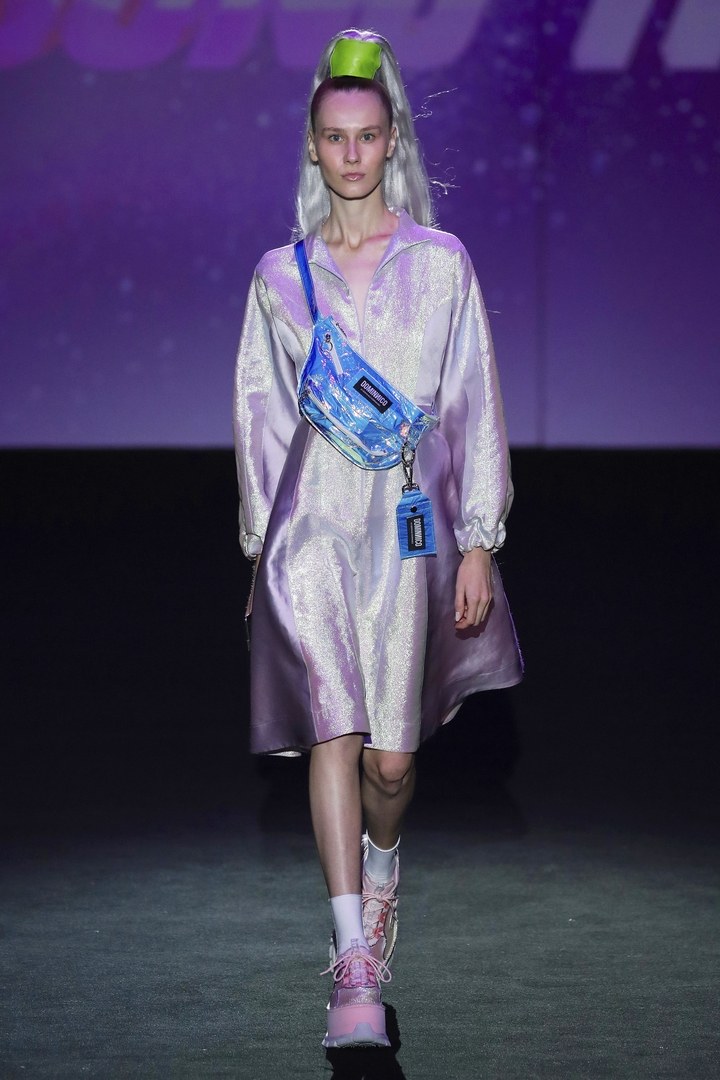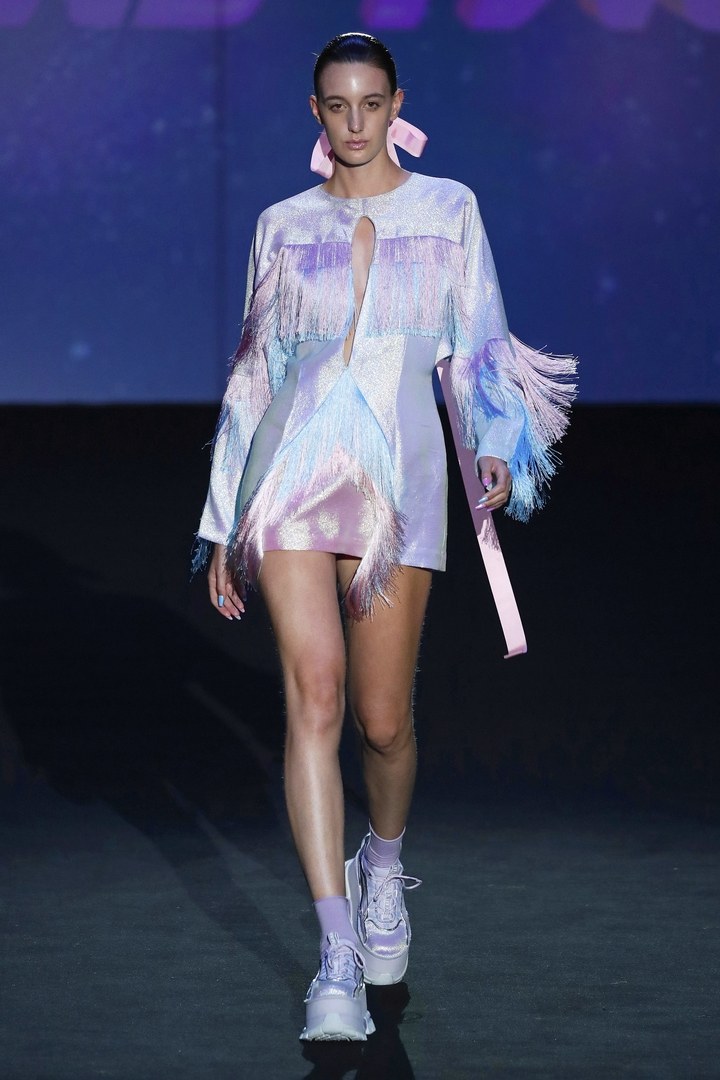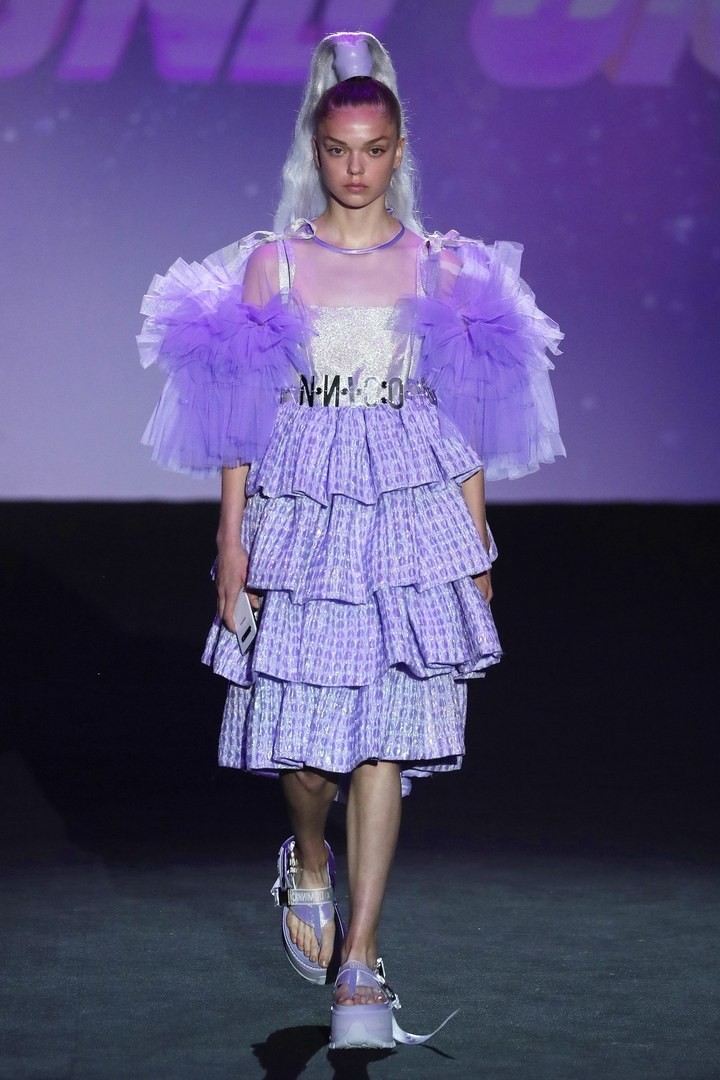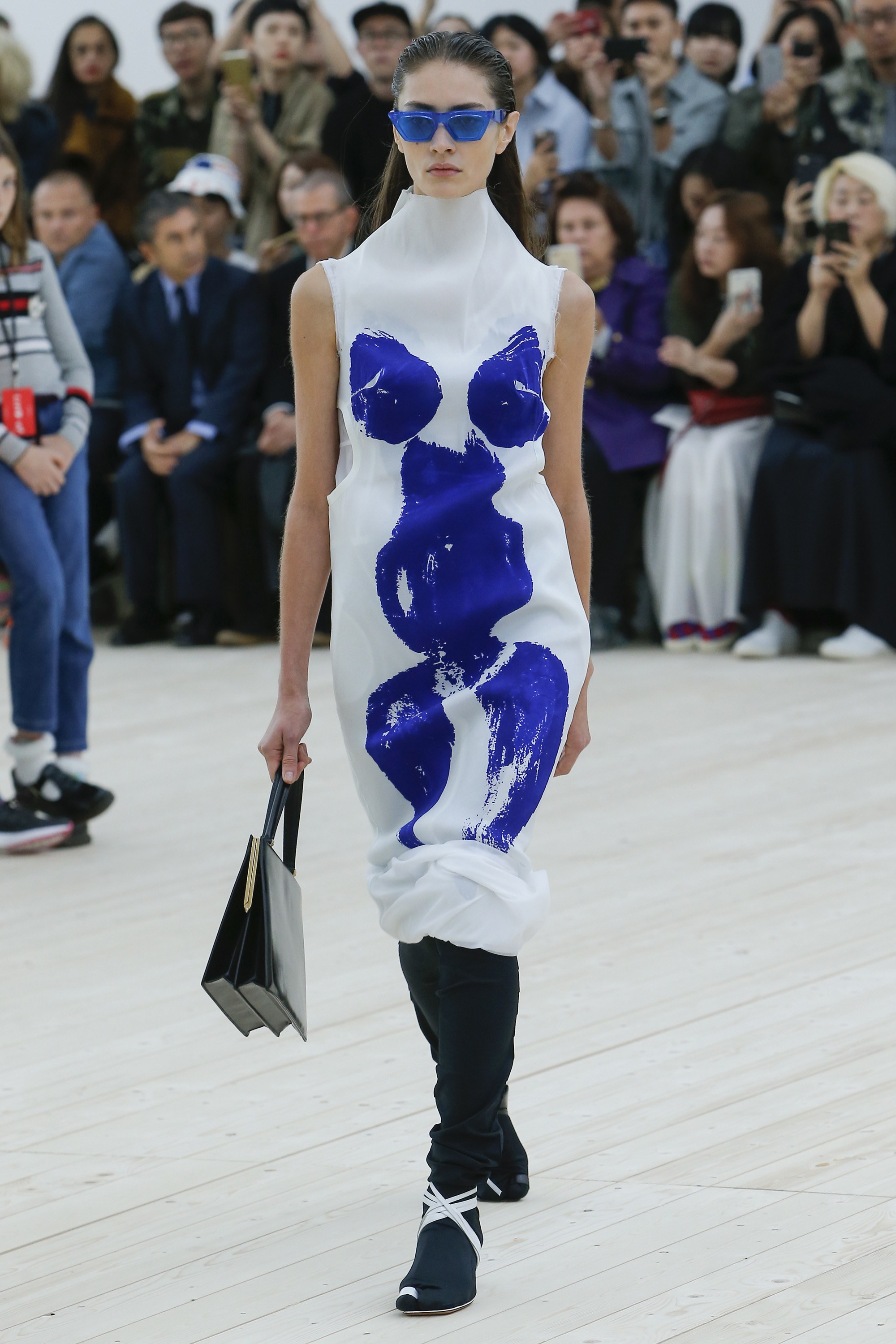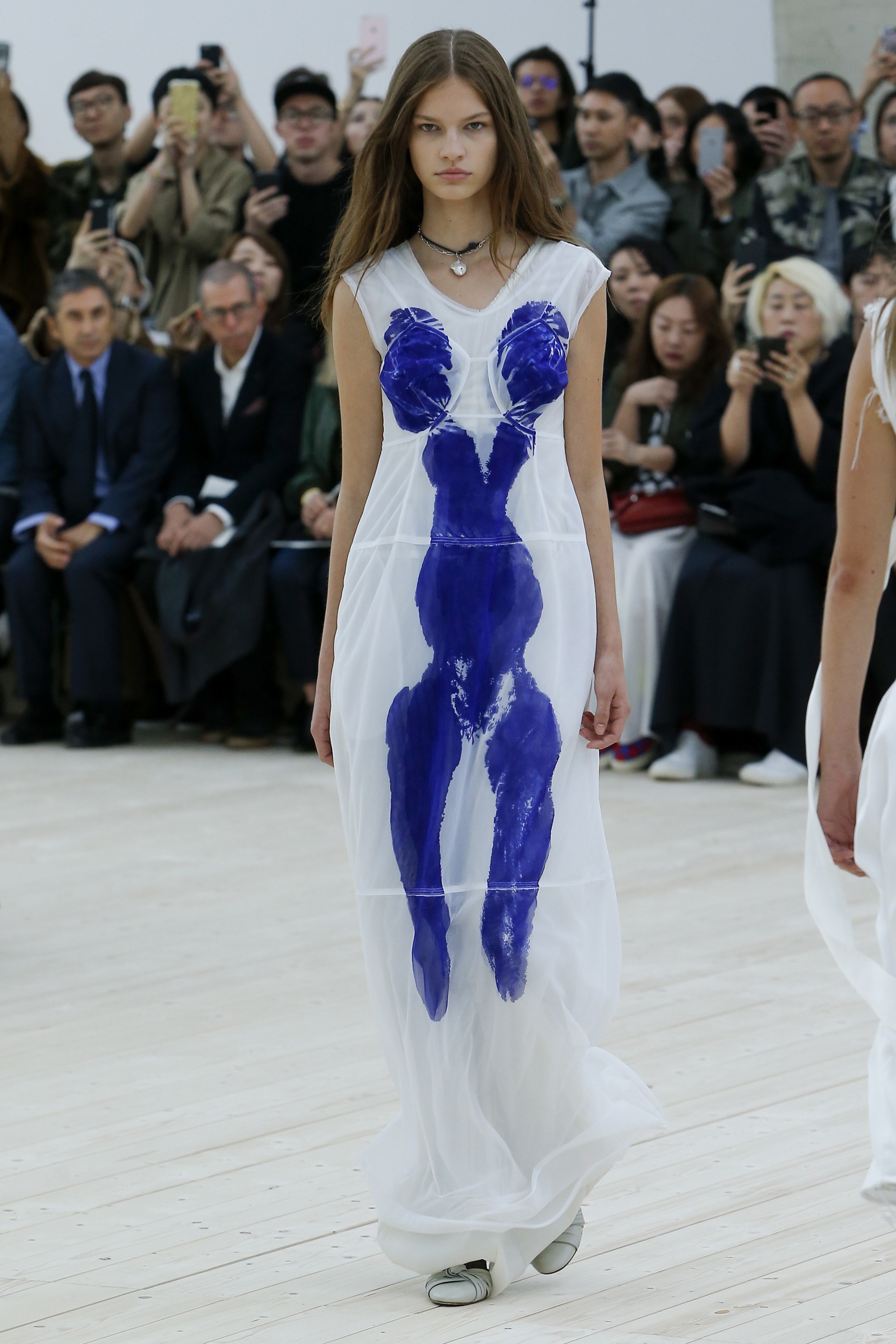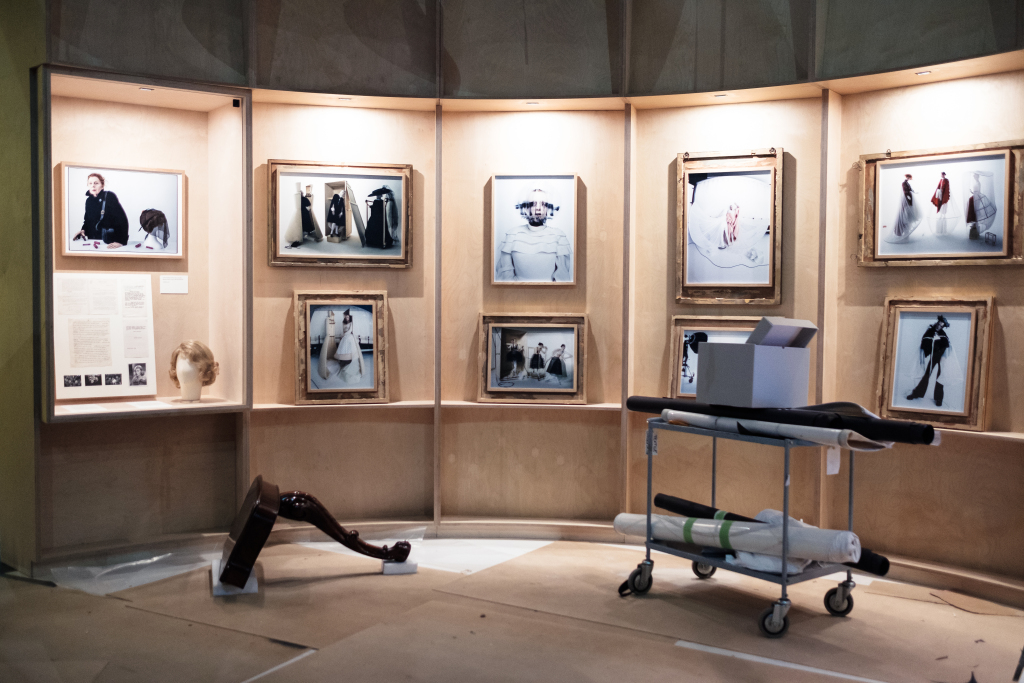
Fashion shows are appealing at any time of the year. They represent an opportunity to reflect on the sector from multiple points of view and covering topics as different as those we suggest below: the dialogue established by garments and their fabrics in migratory societies, the importance of sustainability, the history of footwear or a vision of fashion photography via one of the great contemporary artists.
On the eve of a new holiday, All Saints Day, we are offering you a new cultural route throughsome European exhibitions that we have not yet mentioned in this blog: interesting fashion shows in cultural capitals such as Antwerp, Florence, London and Paris, so that like us you can also find inspiration, knowledge and new ideas that enrich you in your respective jobs. Take note!
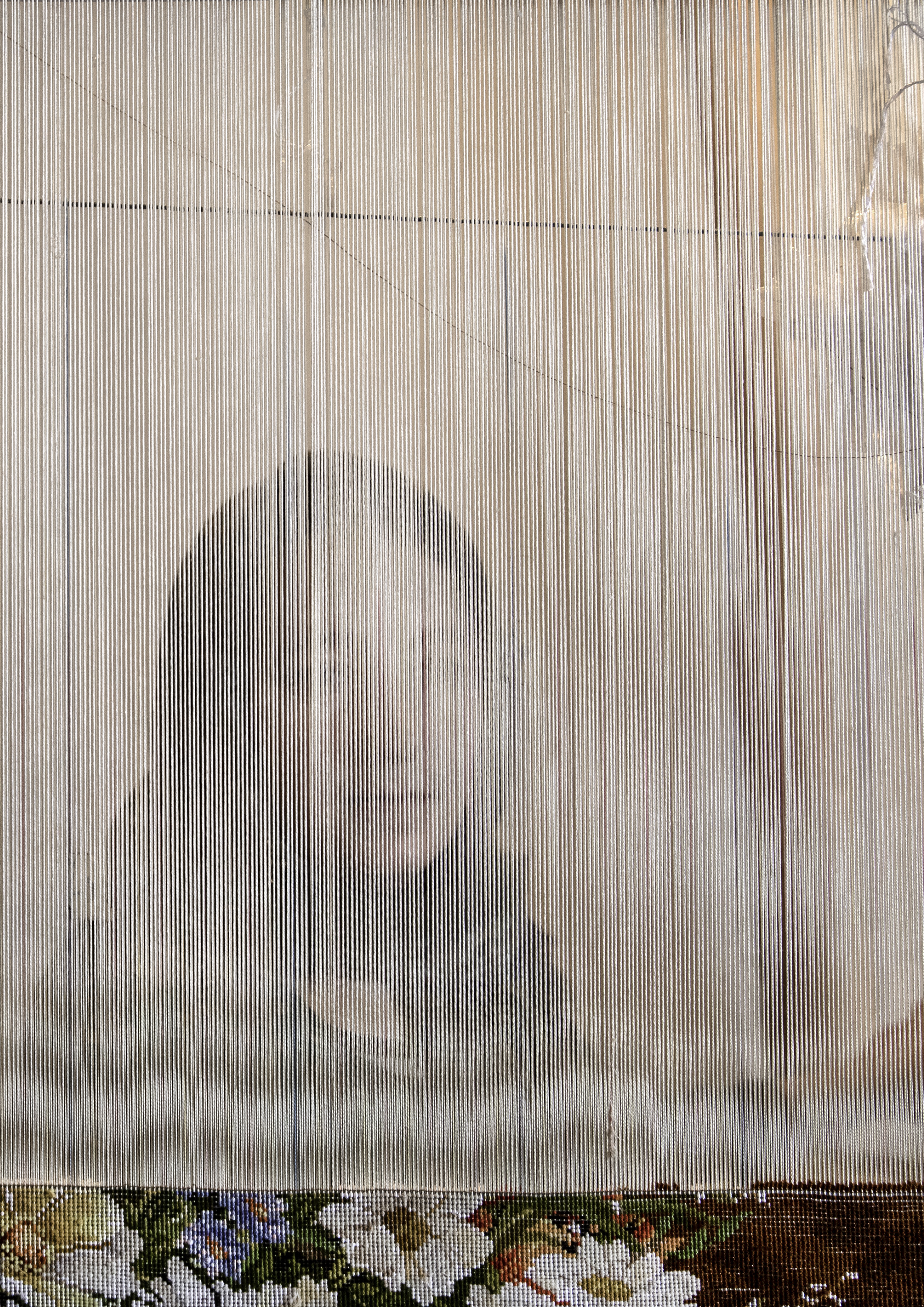
1. Antwerp: ‘Textile as Resistance’
The exhibition ‘Textile as Resistance’ at the MoMu (Antwerp Fashion Museum) asks interesting questions of the public: What messages and stories can the fabrics convey? What does an item of clothing say about the person wearing it? Can fabrics weave the past with the present? Can they be acts of resistance? The journalist Samira Bendadi and the photographer Mashi Mohadjerin reflect on the values that fabrics can provide (shelter, resistance, hope, happiness, tradition, beauty, spirituality and decolonisation) and try to answer all these questions through this challenging sample. It is a joint photographic project that began through stories from immigrants in the Belgian fashion capital and that soon spread to other parts of the world. Thus in ‘Textile as Resistance’ this creative couple invites you to discover clothes and textiles as an excuse to learn visual and written stories that transcend religious, cultural and national boundaries. Migration marks social, aesthetic and personal change.
Momu ‘Textile as Resistance’.Until February 16, 2020.
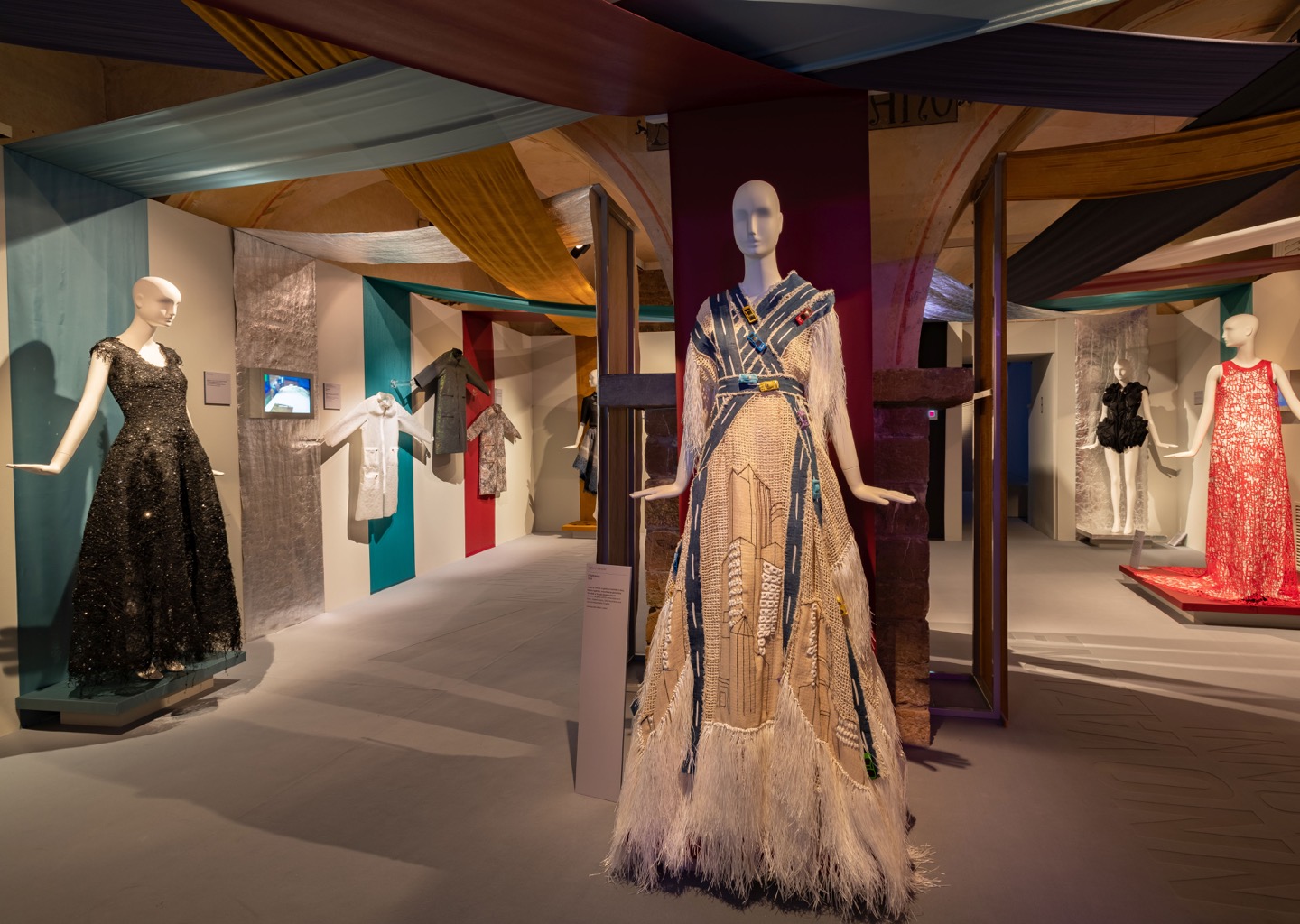
2.Florence: ‘Sustainable Thinking’
Sustainability is neither a fashion nor a trend: it is a real necessity. Aware of the move towards green issues that we are also promoting from Gratacós, we are especially interested in recommending this exhibition that houses the Salvatore Ferragamo Museum in Florence. ‘Sustainable Thinking’ invites reflection through art and fashion.
The term “sustainability” defines the human capacity to meet “the needs of the current generation without compromising the ability of future generations to meet their own needs.” It is a challenge that is not limited to production methods but also implies a greater focus on the environment in general. Balance must be restored, beginning with a more conscious and shared way of thinking that is capable of generating new development and coexistence strategies. For this reason, ‘Sustainable Thinking’ exposes the work of numerous artists who reflect on sustainability. Some projects focus on recovering the link with nature, the use of organic materials, the need for a creative reuse of materials, the connection between sustainability and technology … An opportunity for artists, fashion designers, textile and yarn manufacturers to offer a plurality of views to inspire new sustainable projects.
Salvatore Ferragamo Museum. ‘Sustainable Thinking’. Until March 8, 2020.
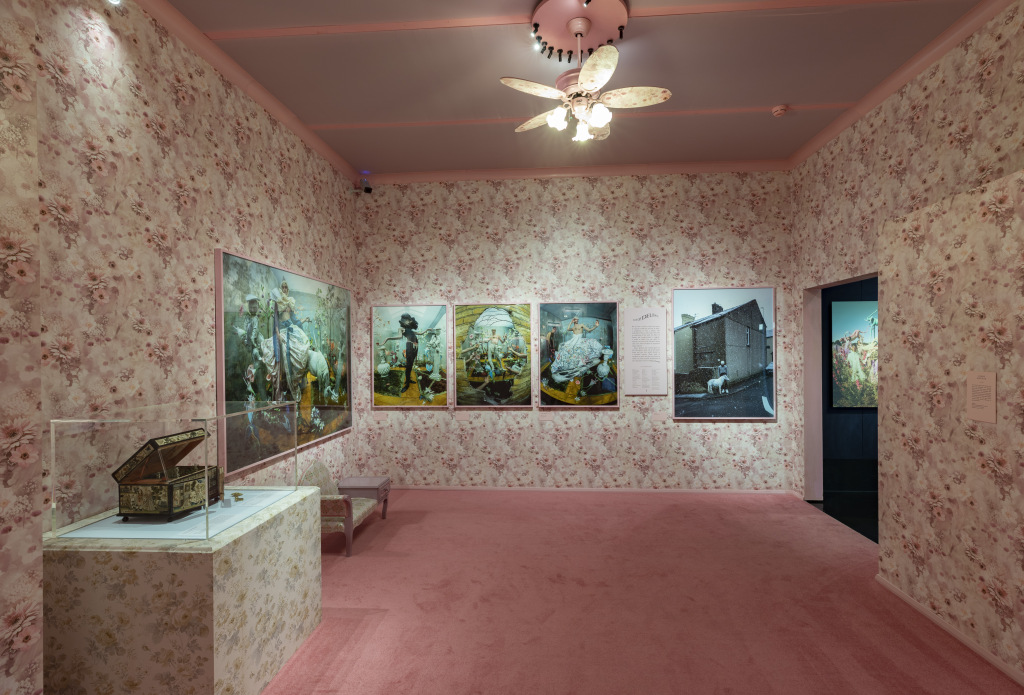
3. London. Tim walker
Coinciding with the exhibition dedicated to the talented designer Mary Quant, “the mother” of the iconic miniskirt, the Victoria & Albert Museum opens a new exhibition in parallel, this time dedicated to photography. As the name implies, ‘Tim Walker: Wonderful Things’ represents an immersive journey into the fantastic worlds created by this contemporary fashion photographer who is one of today’s most interesting profiles. Specifically the exhibition shows Tim Walker’s creative process via his pictures, films, photographic sets and special installations. The exhibition also includes an exclusive photo session made with some of the museum’s iconic garments
GOES. ‘Tim Walker: Wonderful Things’. Until March 8, 2020.
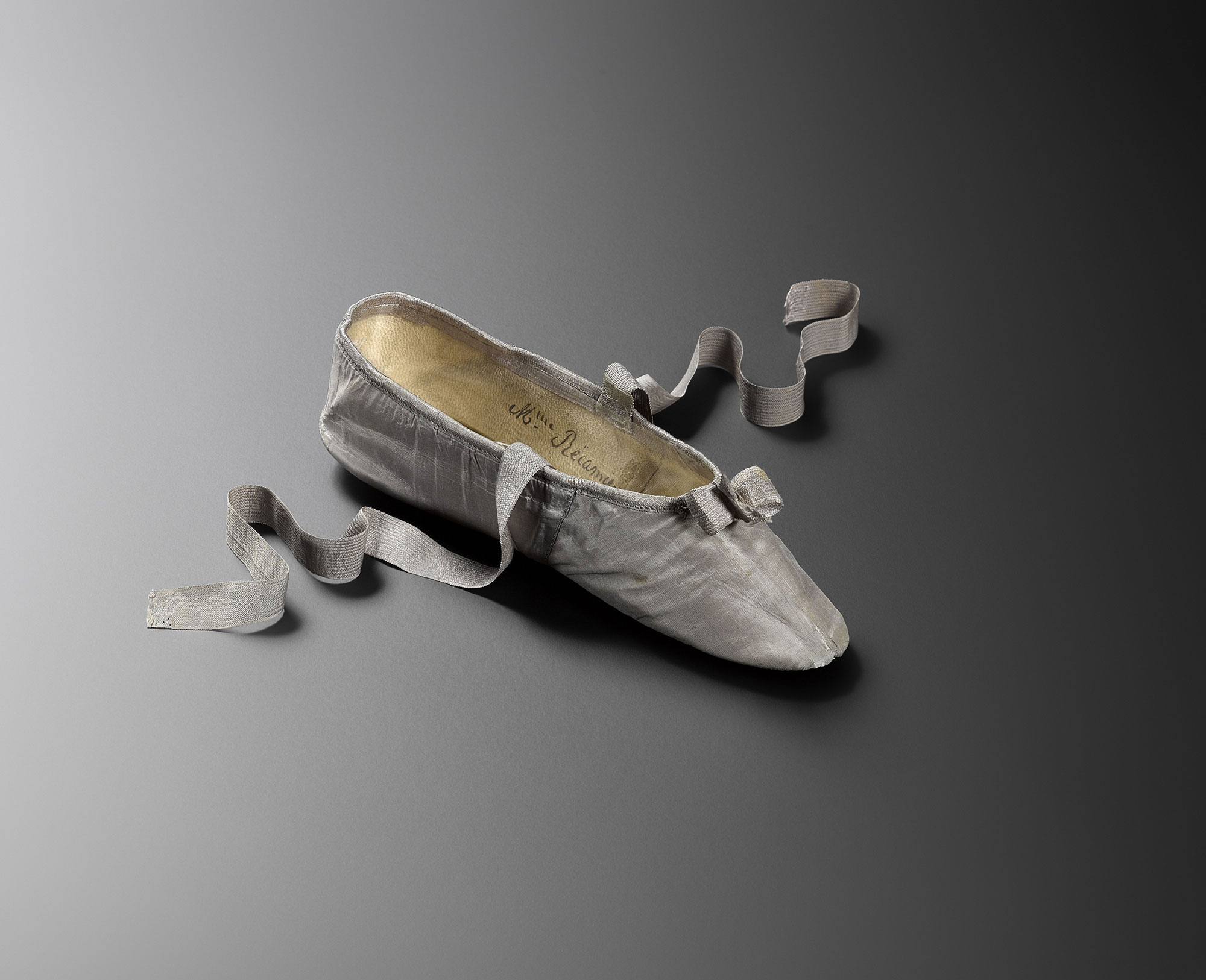
4. Paris. “Marché et Démarche: Historie de la Chaussure”
The Museum of Decorative Arts in Paris reschedules a new fashion exhibition to capture the attention of visitors. On this occasion the focus of attention is footwear and its history. From the complement itself to a reflection on the act of walking. The sample is based on a 1792 shoe attributed to Marie Antoinette which was only 21 centimeters long and then, little by little, it delves into into the history that lies behind each accessory displayed. The sample of 500 works includes shoes, paintings, photographs, works of art and films in order to reveal more about this garment which covers our feet.
Museum of Decorative Arts. “Marché et Démarche: Historie de la Chaussure”. Until February 23RD, 2020.
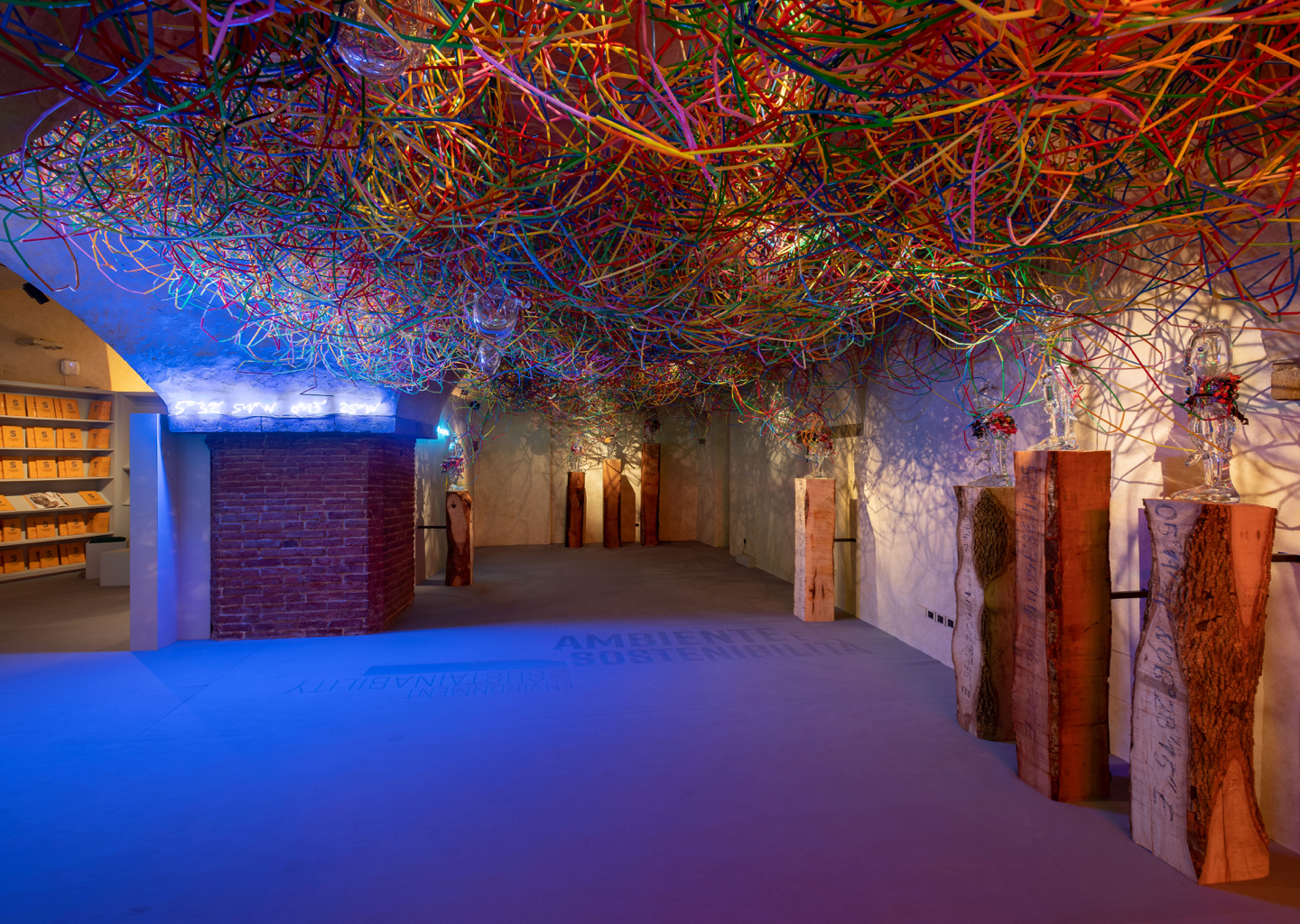
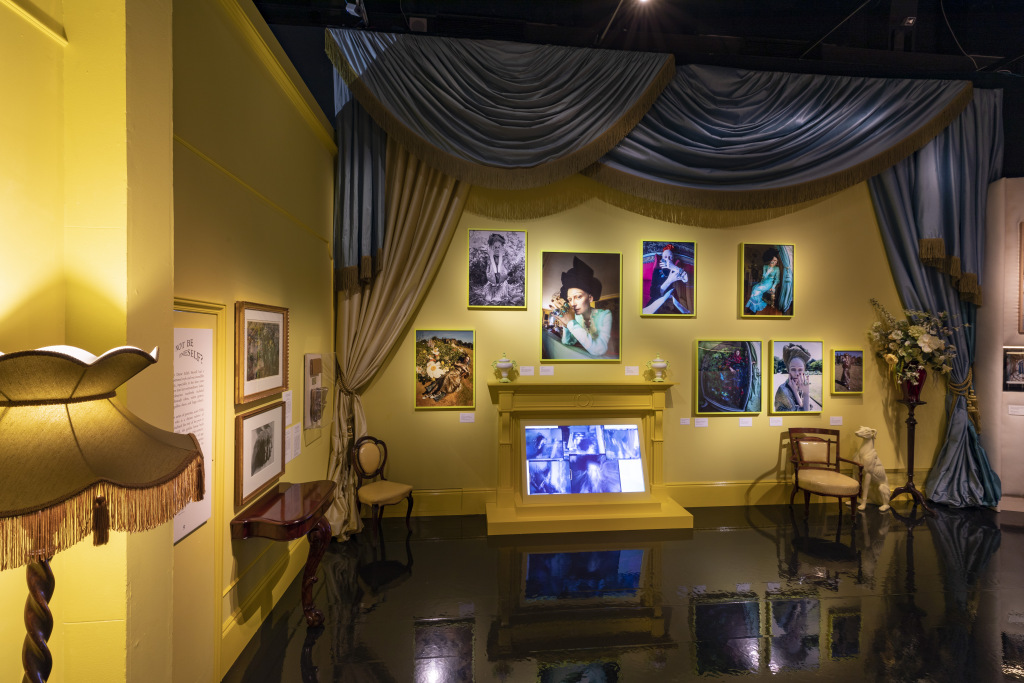
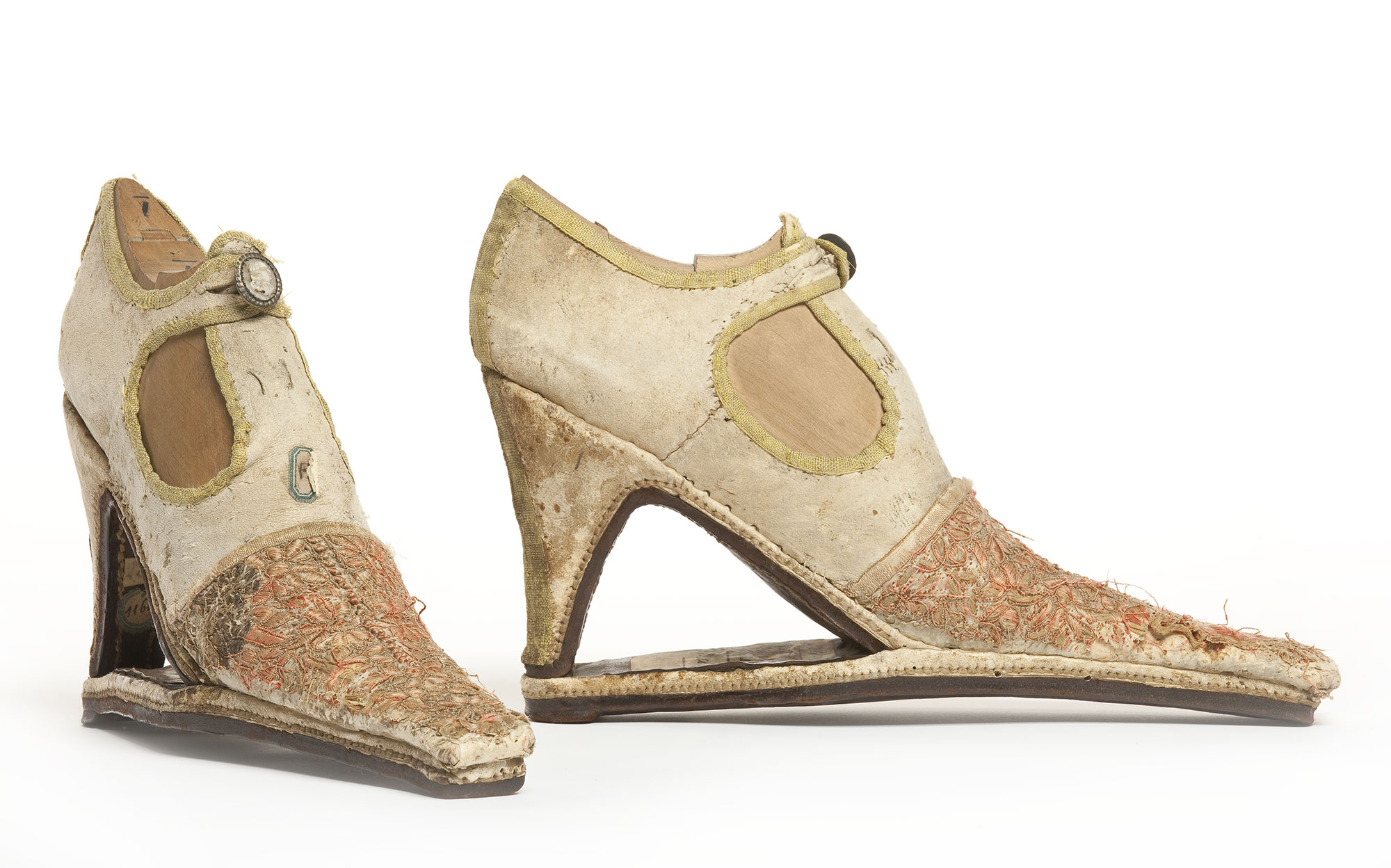
Viernes 13 septiembre 2019
Sorry, this entry is only available in Español.
Jueves 05 septiembre 2019
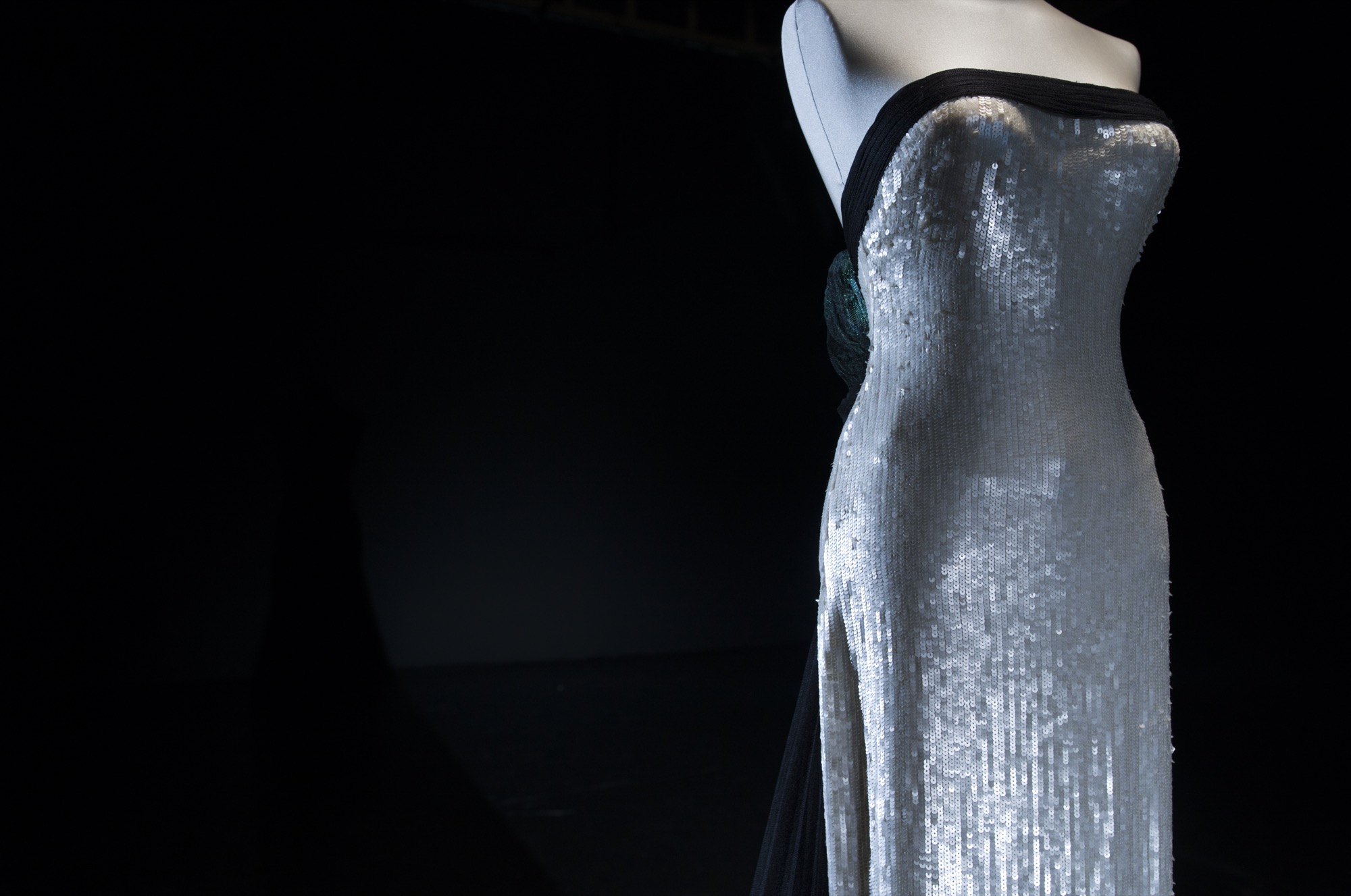
We kick off the season talking about another exhibition that extols the female figure and gives a new vision of the “body-fashion” relationship. Its title is evocative: ‘El Cuerpo Inventado’. (The Invented Body). A sample organized by Collectors Collective in Madrid that highlights the aesthetic canons that have remained in fashion since the early twentieth century to the present day, providing a new dialectic of evolution and changes that are especially appreciated in women’s clothing .
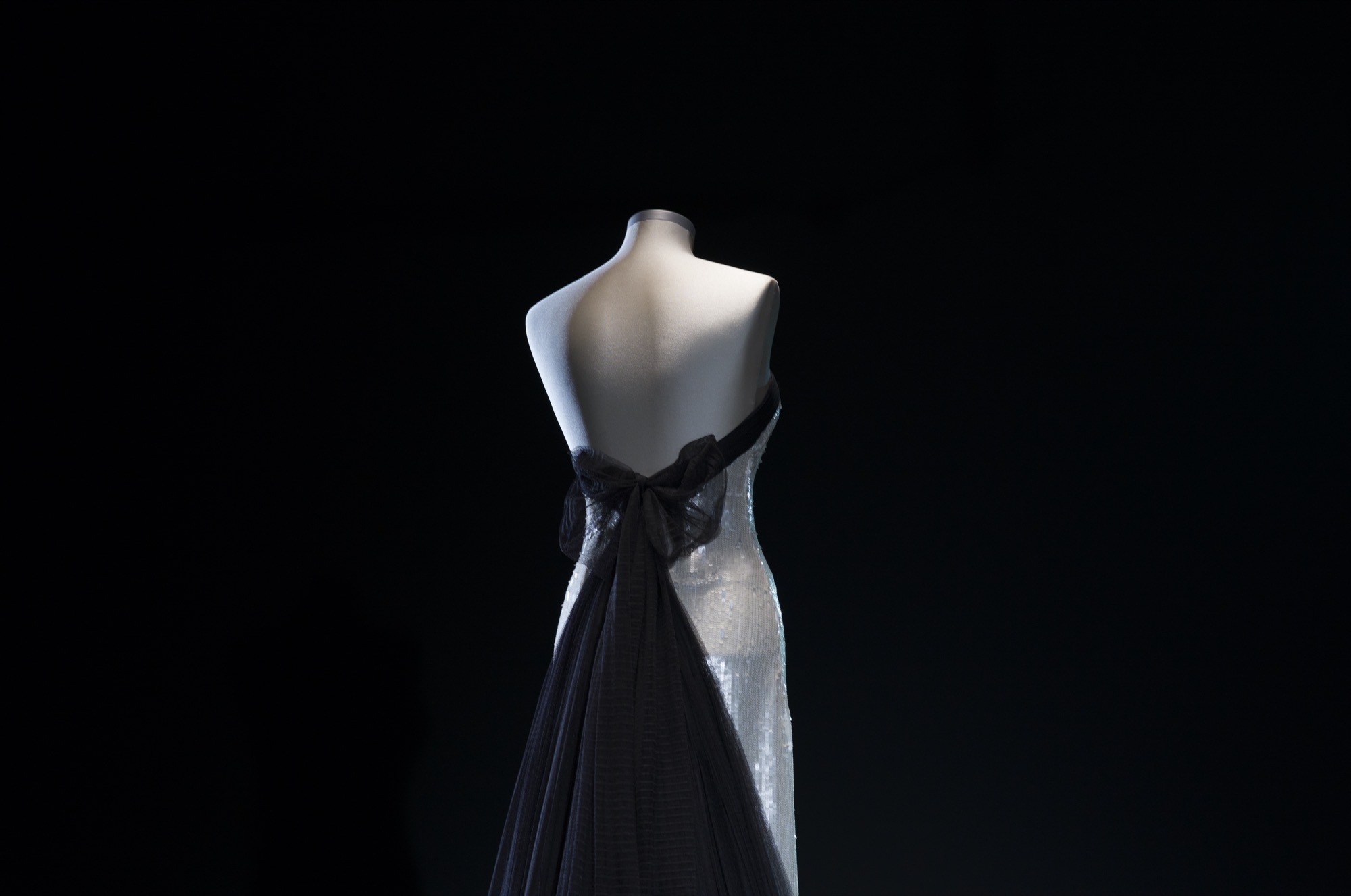
4 silhouettes and a century
The silhouette is responsible for creating the spirit of time beyond colours, fabrics or trimmings. It is precisely the silhouette that captures the aesthetic canon of an era.
In spite of its apparent richness and variety, the history of Western feminine dress has been repeating its forms throughout the centuries: there are only a handful of silhouettes with which the dressmakers have invented their creations. For example and focusing on the last 100 years, the silhouettes that have had more relevance in the twentieth century are four: tubular silhouette, triangular silhouette and double triangle silhouette, globular silhouette and anatomical silhouette. In addition, all of them have a history in previous centuries. Of course: the prevalence is not exclusive. The silhouettes can coexist in time, although the protagonism of one of them will be the one that defines the era.
In turn, the exhibition also proposes a reflection on “the tyranny of the invisible” and the naked body, a movement that has been consolidating in recent years to reach today unsuspected limits.
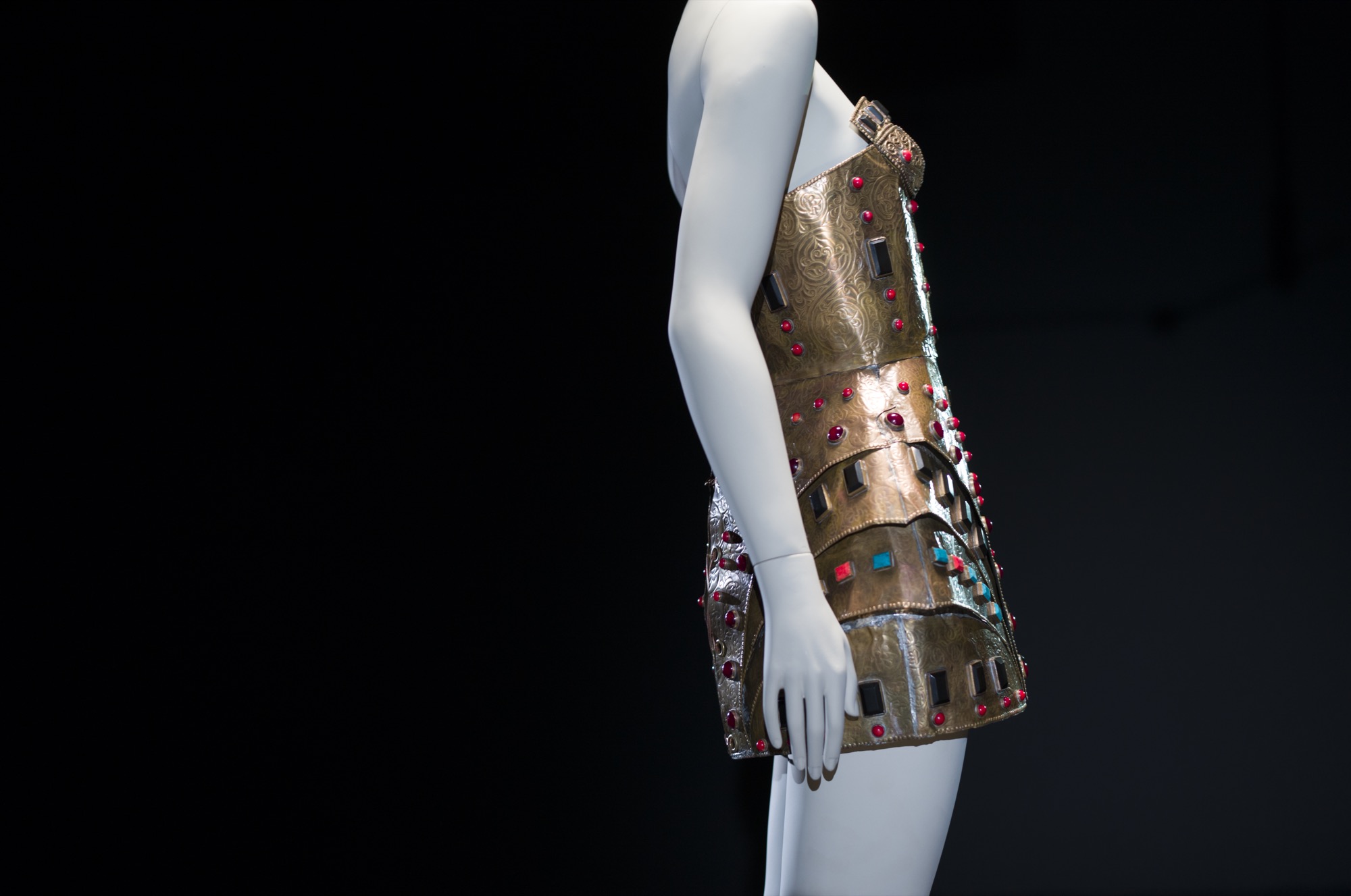
Collections and creators
‘The Invented Body‘ is formed of pieces by important fashion collectors (Antoni de Montpalau, Quinto, Maite Mínguez and López-Trabado), as well as three prestigious international renowned museums such as the Costume Museum of Madrid, MUDE : Lisbon Design and Fashion Museum and the Fashion Museum of Santiago de Chile.
The exposed designs are part of the most relevant names on the international scene such as Lanvin, Chanel, Christian Dior, Givenchy, Mainbocher, Versace, Yssey Miyake, Azzaro , Azzedine Alaïa , Pierre Cardin , Yves Saint Lauren, Pucci, Christian Lacroix, Commes des Garçons or Gucci. There are also first-class Spanish designer models such as maestro Cristóbal Balenciaga, Pedro Rodríguez, Lorenzo Caprile , Ágatha Ruiz de la Prada, Jesús del Pozo, Leandro Cano, Ernesto Artillo , Antonio Velasco or Josep Font.
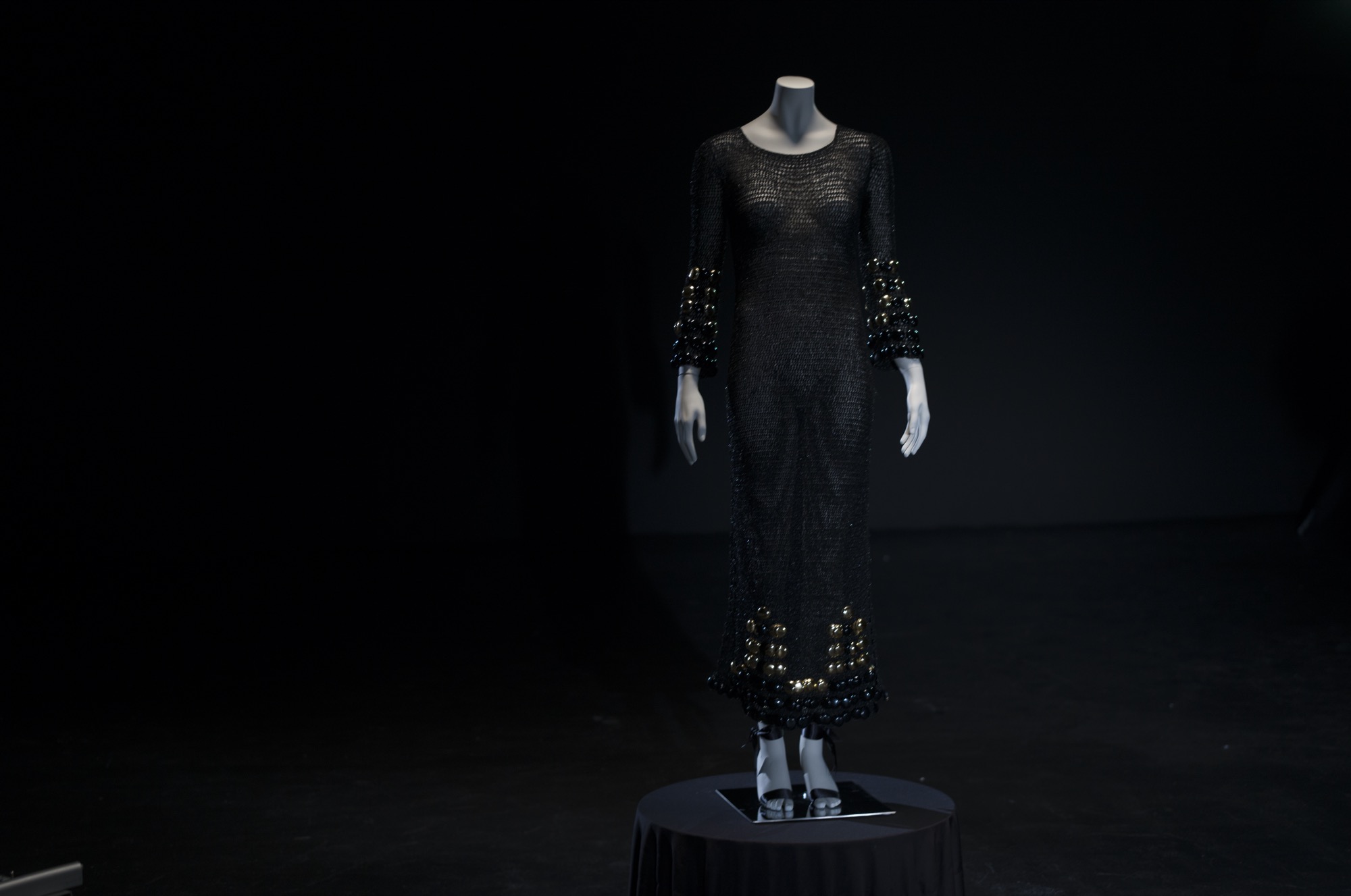
Trendy icons of yesterday and today
Throughout the history of the suit, fashion has used influential people to spread itself. Until the nineteenth century, it was the aristocracy who used to have this mission, but at the end of that century this trend begins to change and it is women in the field of culture and entertainment who become fashion prescribers for the dissemination of fashions. Next to a specific silhouette there is usually an influential woman legitimizing it: how could we disassociate the silhouette that narrows the waist, projects the breasts and widens the hips of actress Marilyn Monroe?
Therefore, the exhibition also includes the role of these famous women who have consolidated the different aesthetic canons, taking a tour of the most influential names in fashion of the twentieth century, with dresses that belonged to Madonna, Claudia Schiffer, Rita Hayworth, Audrey Hepburn, Sophia Loren, Lady Gaga, or even her majesty Doña Letizia, among other relevant women.
‘The Invented Body ‘ of Collectors Collective opens next Thursday, September 12th at General Perón Avenue in Madrid and can be visited until December 15th.
Fotos: Alfonso Ohnur
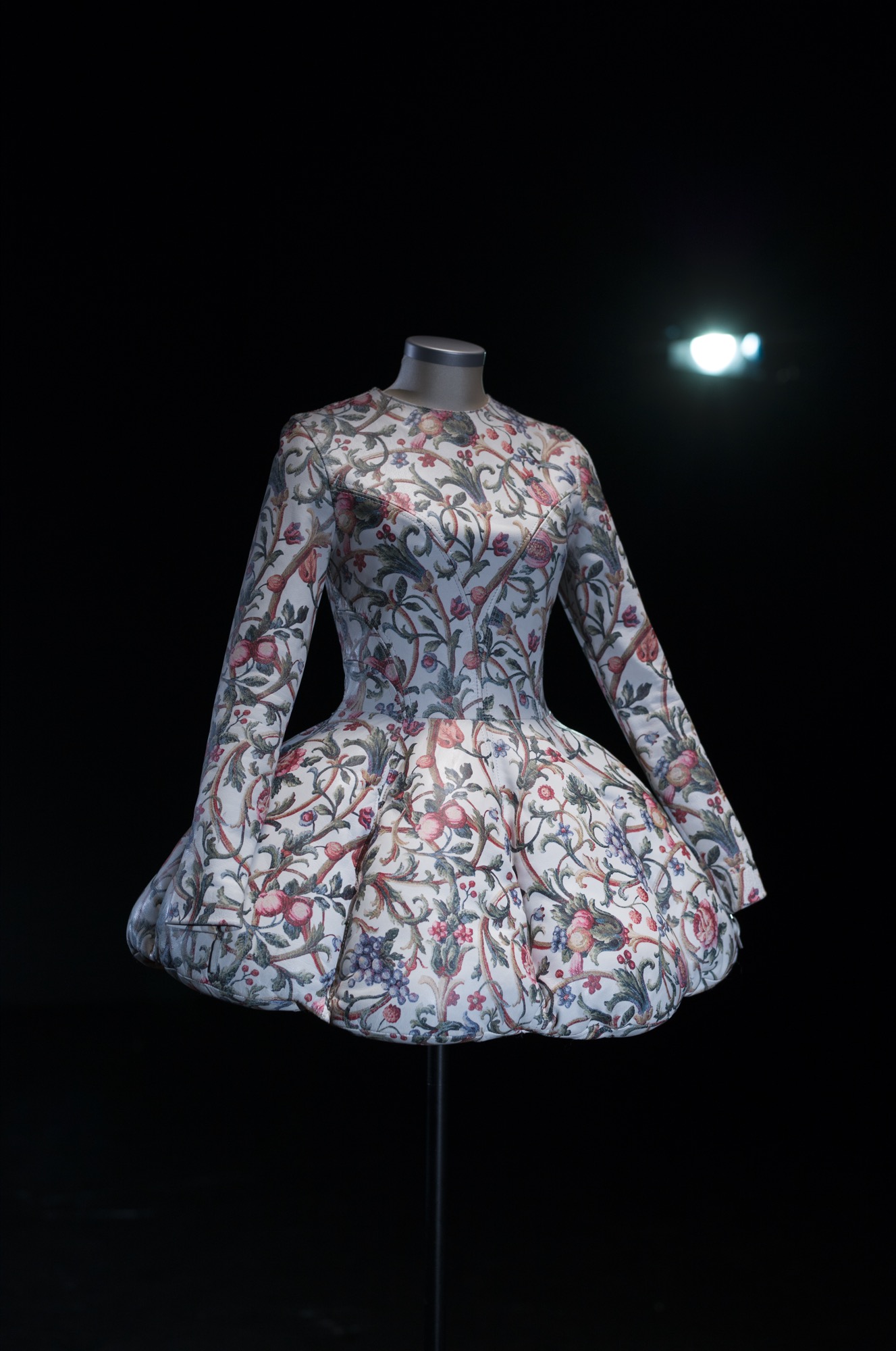

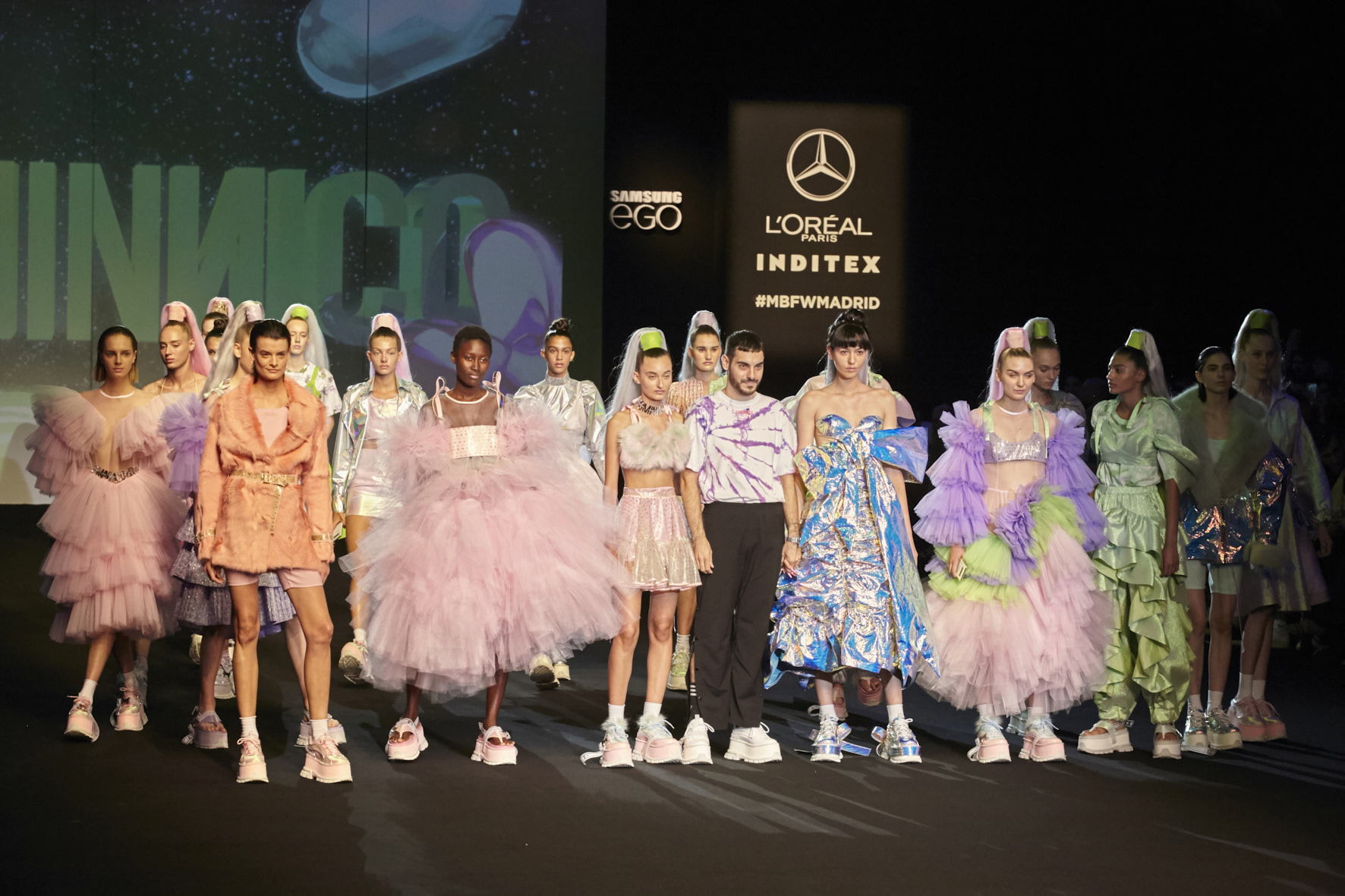
The rise of Dominnico was foreseen . It was just a matter of time for his meteoric career to take off. And this ascension has only just begun. Now, the restless Domingo Rodríguez has landed himself a new achievement that consolidates him within the map of young promises of Spanish fashion : becoming the winner of the Mercedes-Benz Fashion Talent.
“Winning this award means fulfilling a dream.It represents the start of my firm and the beginning of a new stage for this project “, explained the young designer after winning the prestigious award.In fact, the designer has already begun to gain fame outside our borders.At only 24 years of age, Dominic has dressed personalities from the world of entertainment such as Lady Gaga, Rita Ora or Rosalía, who have worn the outfits ,made in part with our fabrics on tours around the world.
His impeccable dressmaking, his huge national and international projection, his early maturity and his commercial outlook have been some of the attributes that have fascinated the jury. A project with a speech of its own and true to its essence that has made him the winner of the 14th edition of this contest that rewards young talents.
Domingo Rodríguez: “inning this award means fulfilling a dream and the beginning of a new stage for Dominnico”
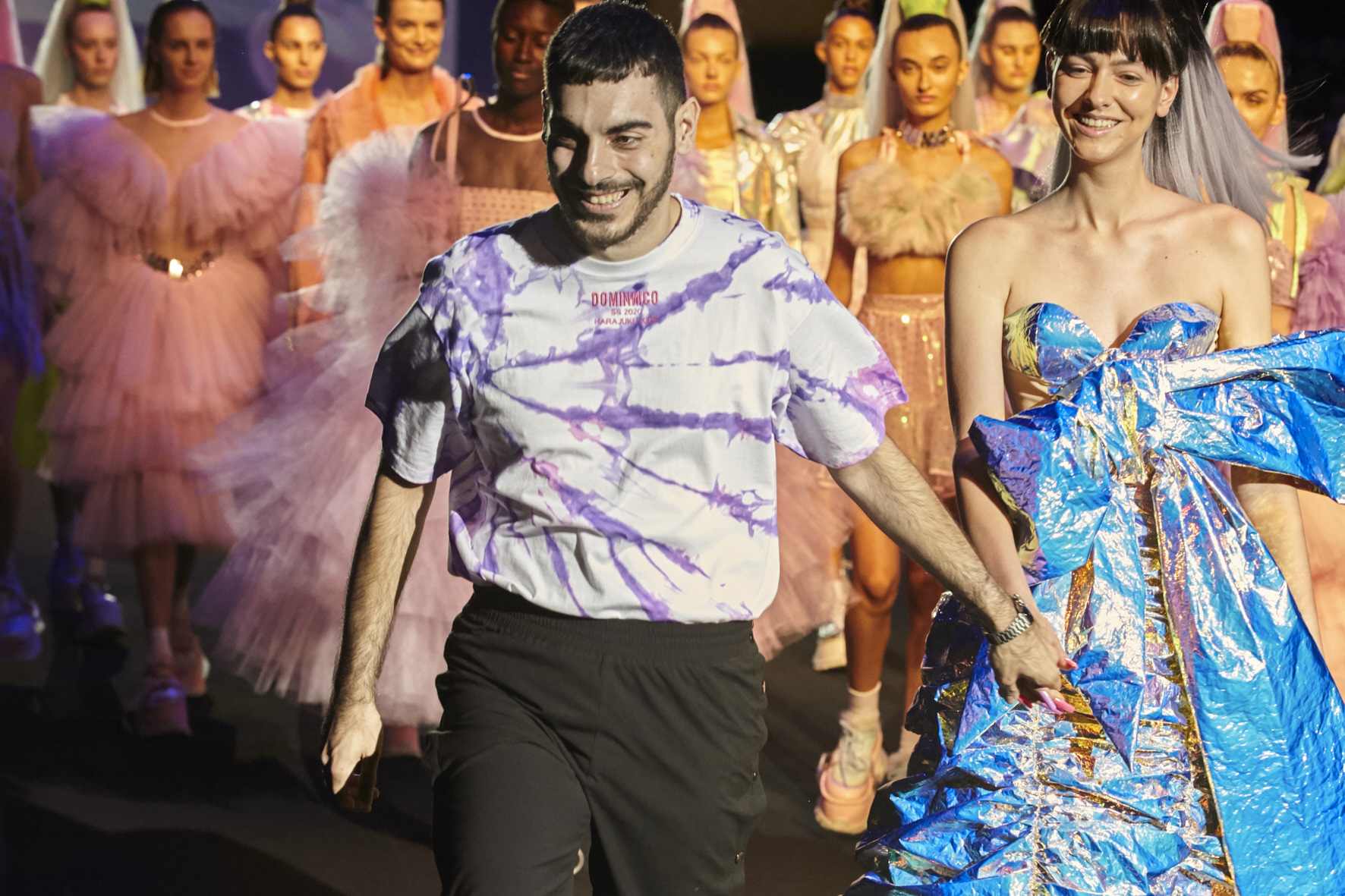
An ode to Generation Z
The award-winning collection , presented on the Madrid catwalk , is called Harajuku Kids and it is inspired by Club Kids, the London generation of the nineties, but also in the new digital era, centreed above all on social networks. Artists like Andy Dixon, Antoni Tudisco, Six N. Five, or the influencer Ruby Gloom have also been taken into account in the conception of the collection. A proposal that also takes into account the urban tribes of Japan and is conceived as agender, away from labels with extravagant shapes and silhouettes that are an invitation to individualism and character.
The collection, replete with Gratacós fabrics, is impregnated with textures, sequins, laminates, tulles, overlays and volumes wrapped in a range of pastel colours. In this way, inheritance, actuality and even future mix thanks to a sweetness and femininity unusual in Dominnico that advances to gain maturity in its style.
Next stop Georgia
Beyond the recognition, the prize includes the possibility of a catwalk next November at the international Mercedes-Benz Tilti Fashion Week in Georgia. A moment in which the designer from Alicante will already be presenting the winter collection of the following year. In this way, Domingo Rodríguez joins the successful group of great young talents who got this award back in the day, such as Outsiders Division, Célia Valverde, Juan Carlos Pajares, Ela Fidalgo, Xavi Reyes, María Clè Leal, David Catalán, Ernesto Naranjo or Pepa Salazar.
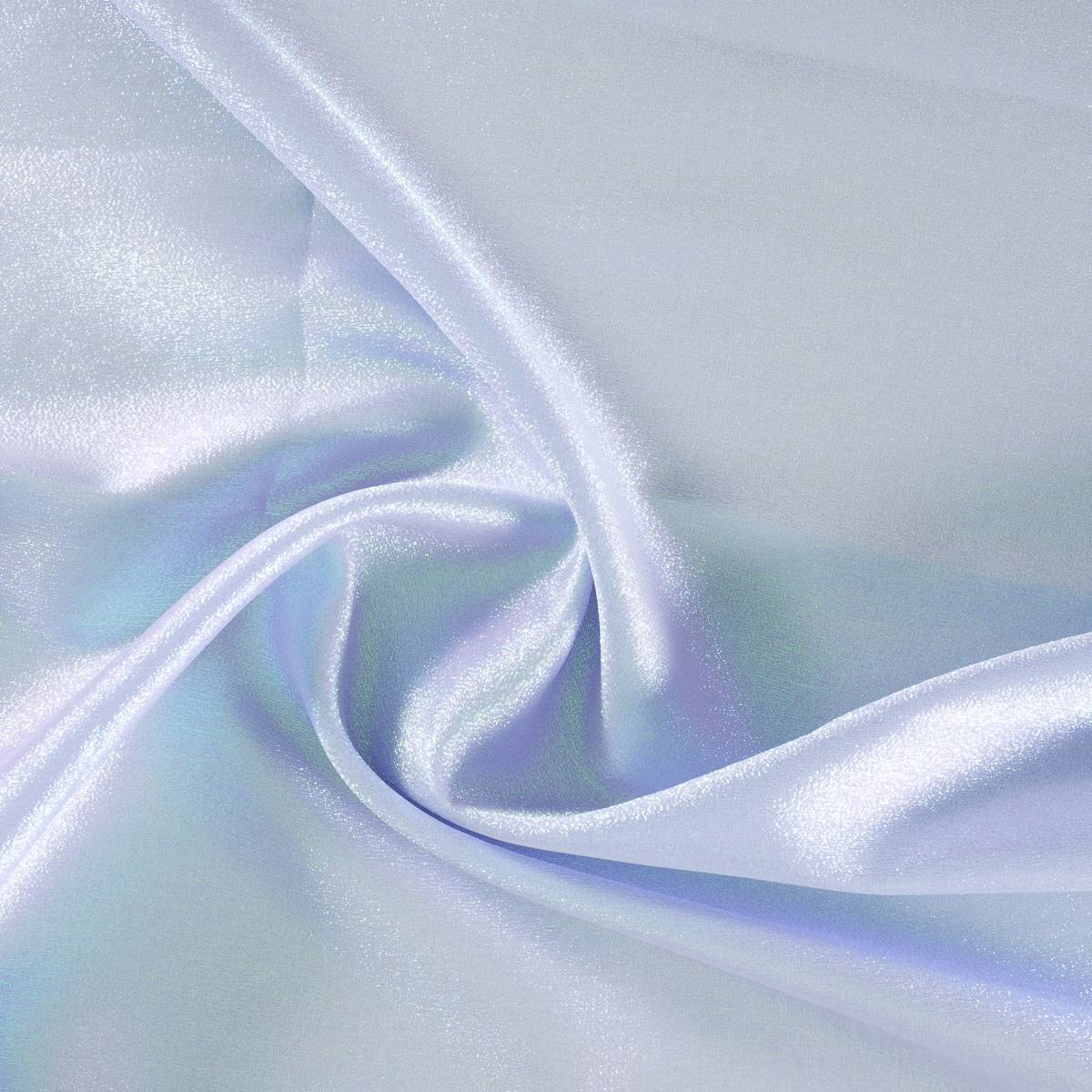
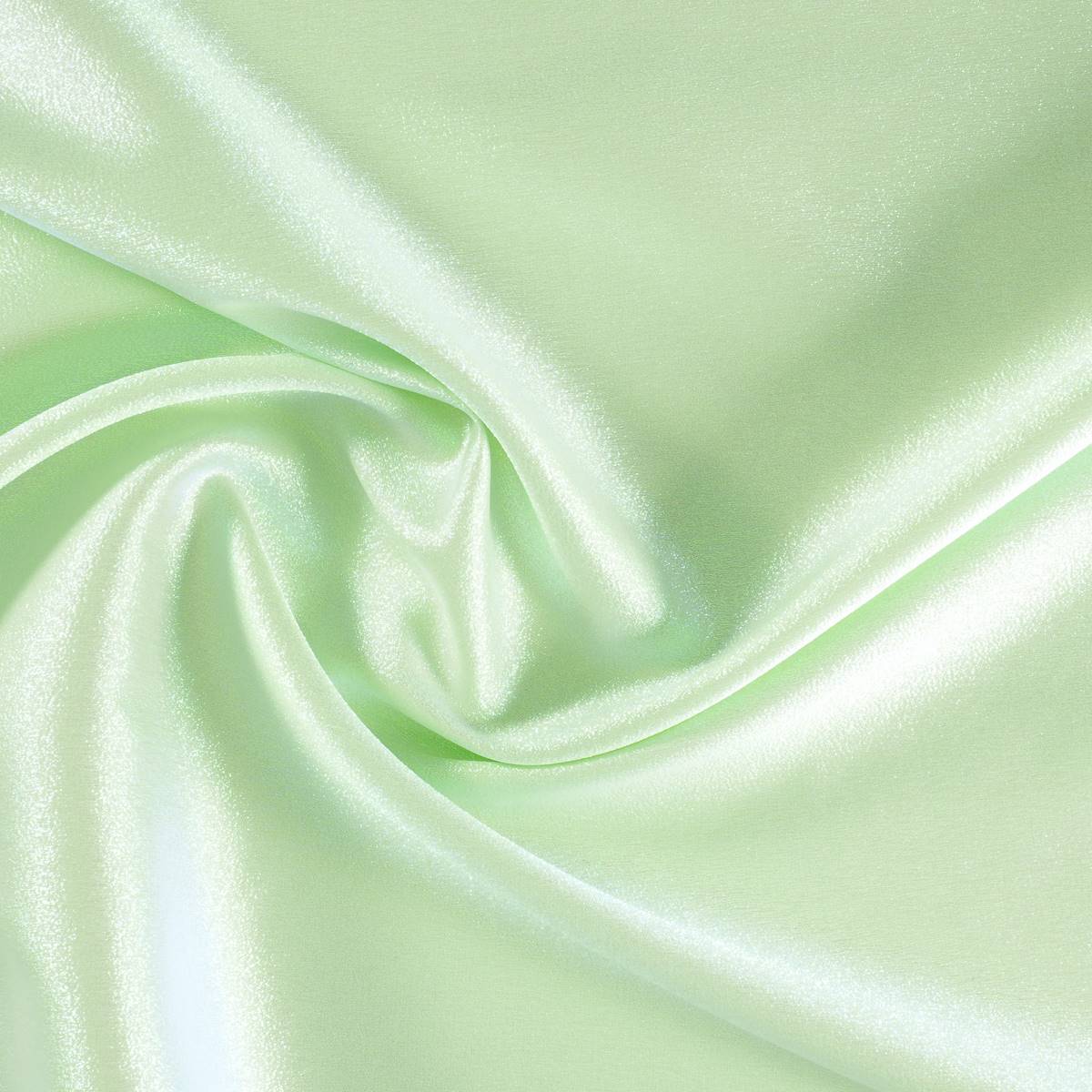
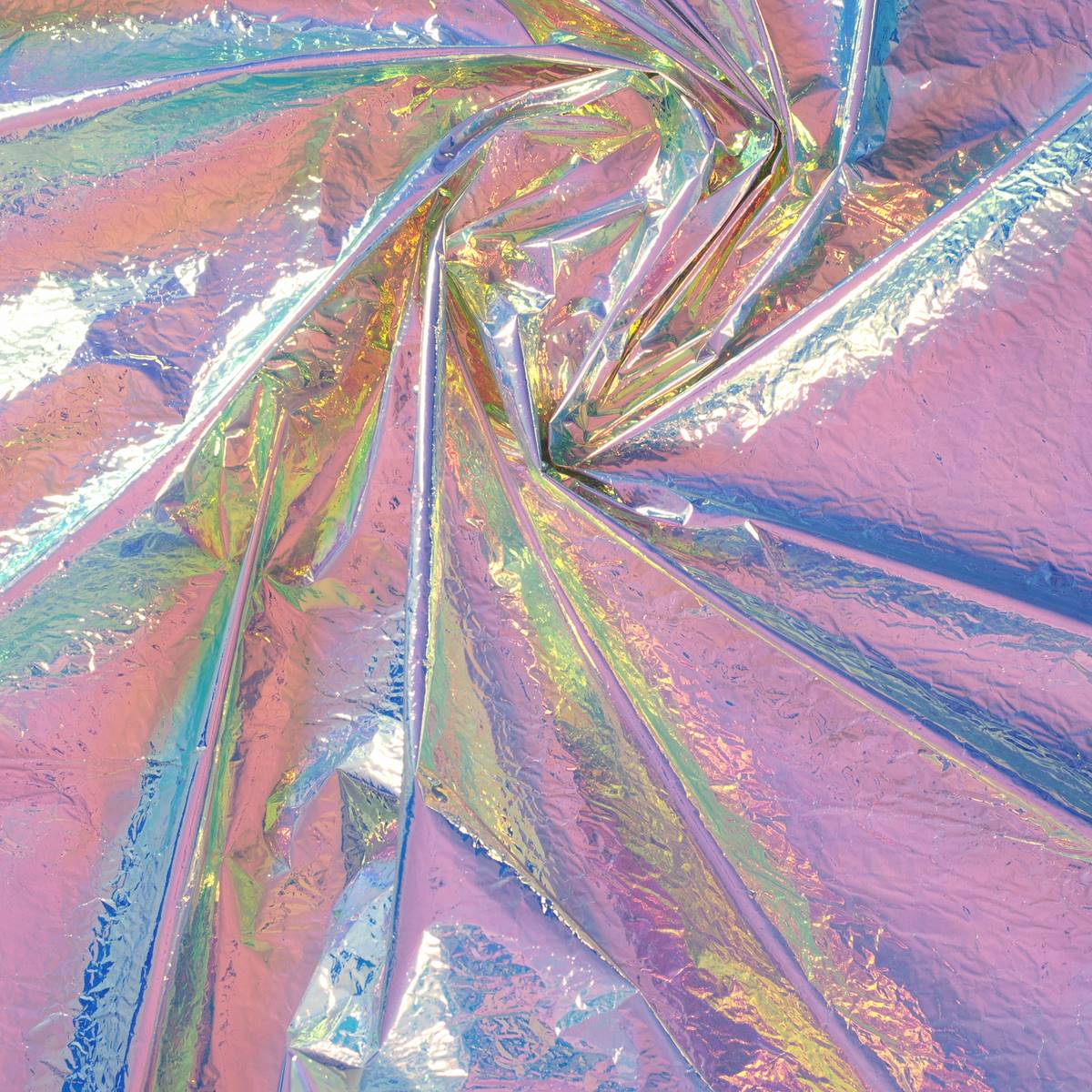
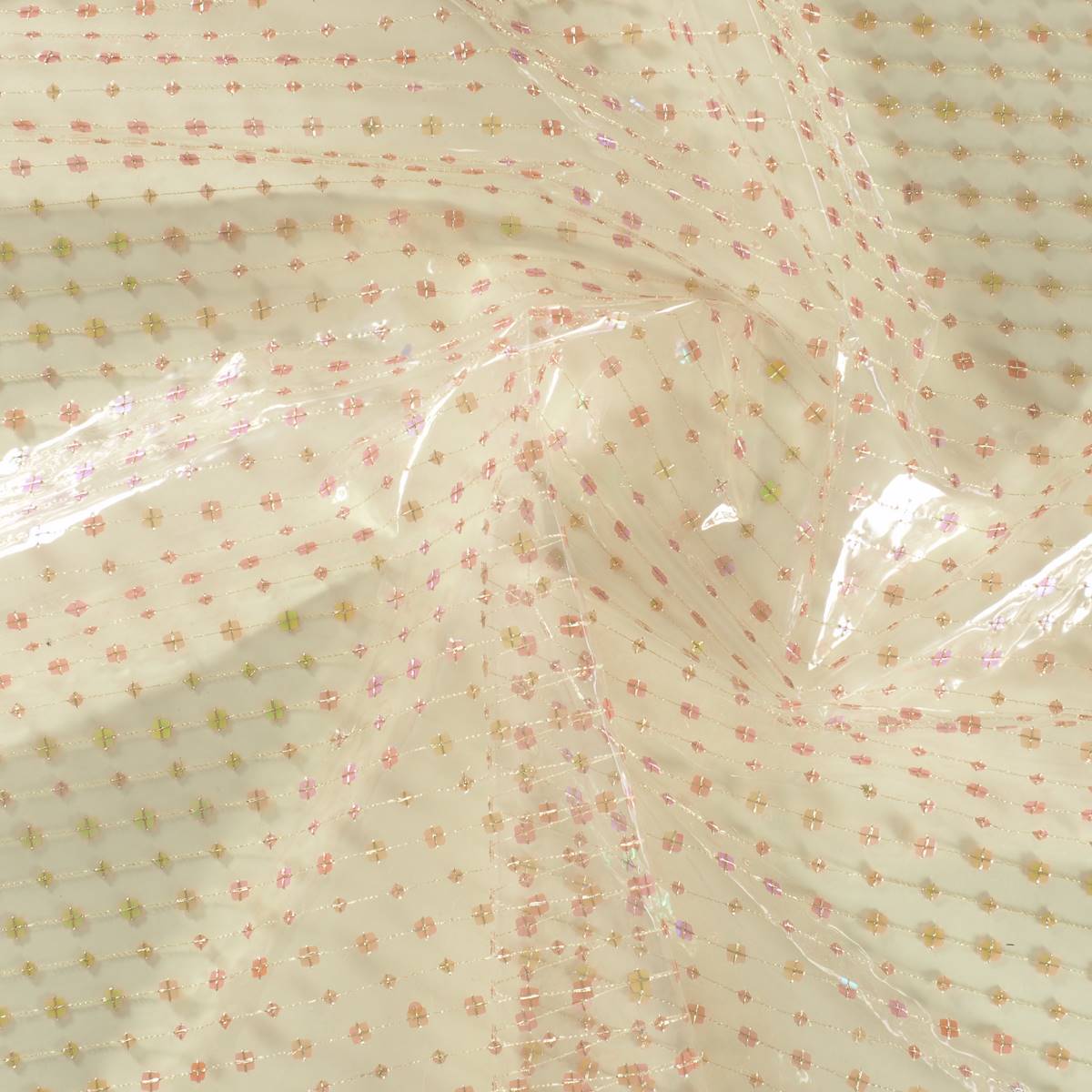
Sorry, this entry is only available in Español.
Sorry, this entry is only available in Español.
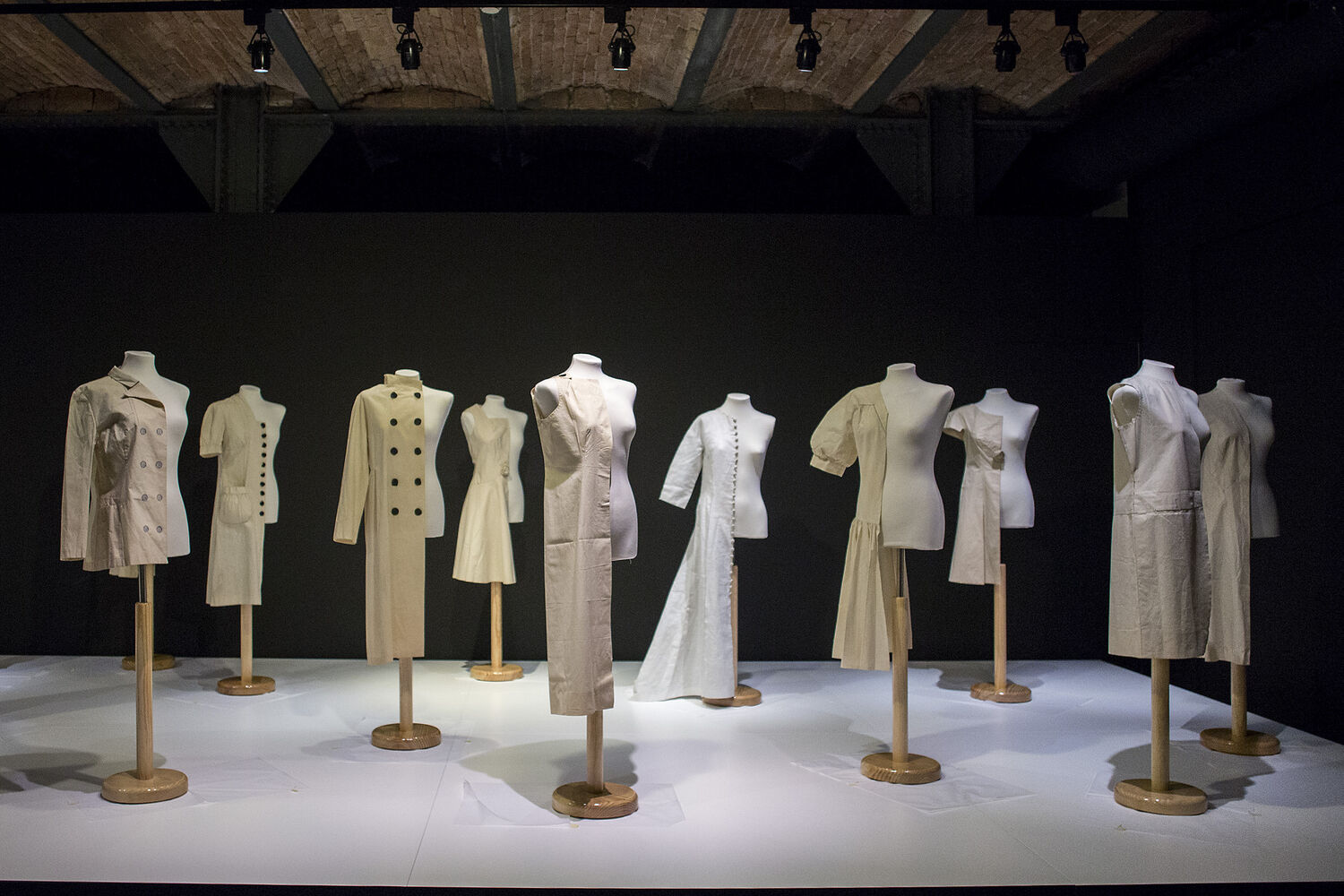
Barcelona launches at the Museum of History of Catalonia the exhibition Moda i modistes, a show that extols the craft of fashion designers and their contribution to fashion throughout the 20th century. This traditional and craft occupation was carried out by women who represented at the time a platform for female emancipation in the workplace, with regard to both business and creativity. It was an activity, connected with fashion, that helped develop the textile and commerce industry of the time. Their intensive work has always required knowledge, skill and dedication, and sometimes all this know-how has remained in the shade, apart from the big names of design and brands. For this reason Moda i modistes represents a broad look at the work and career of many women who have remained anonymous apart from in the spoken memories of their immediate family or traditional clientele.
The exhibition is divided into several sections, where the profession develops through the history of clothing, social changes with the emancipation of women and the evolution and know-how of the trade during the past century to this day. Below, we will give you a brief summary of what can be seen in this sample.
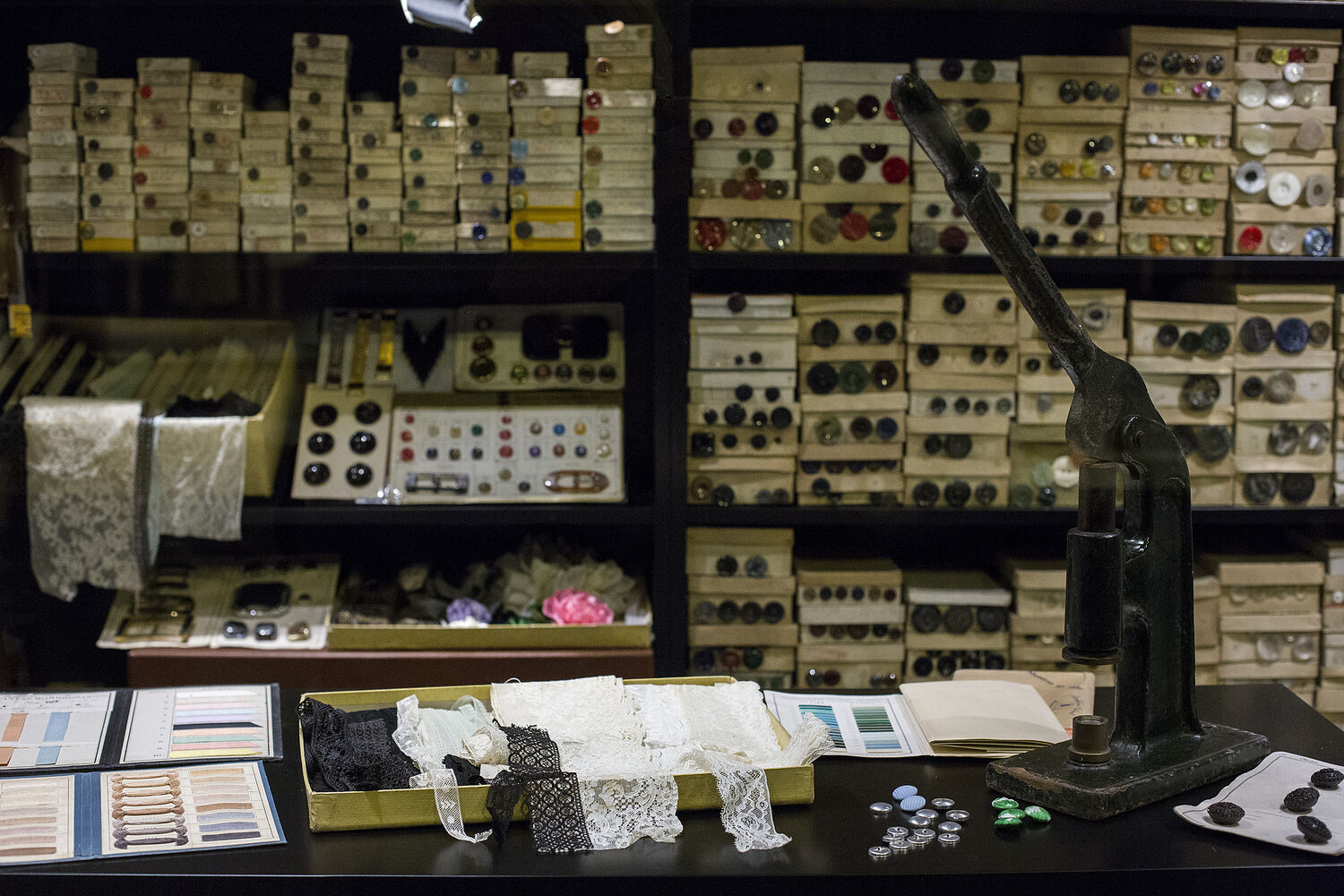
Needle workers
Women managed to claim their own space in the art of making dresses at the end of the 19th century. Before it was a trade reserved for tailors, and women hardly had access to clothing if it was not via their family or as collaborators. It was at this time and in the first decade of the twentieth century, when the work of dressmaker became one of the main forms of employment of women in the workplace, apart from factory work and among certain other professions such as teaching
Dressmaking spread because to learn the trade one did not necessarily have to go to any school, but it was sufficient to learn in a workshop or even self-taught from manuals of dressmaking , and also because this learning offered the possibility of working independently once the technique was mastered.
This time also coincided with the beginning of feminism and the birth of several initiatives aimed at protecting workers in the sector.

Dressmaker by profession, an expanding trade
Dressmakers represented a very varied group that were often outside the guilds and workers’ organizations: they could work in a small workshop of their own, in that of an established dressmaker, in a haute couture house or go to sew in private homes. In the trade there were many categories, depending on the skill, good taste, and, above all, the clientele they had.
Until prêt-à-porter expanded globally many dressmakers needed to make clothing for the different social classes. The capitals of province and county and large cities brought together a large number of dressmakers, but also each small town and each town had its dressmakers, with a very loyal clientele. In the scale of the trade there were many categories, from the caretaker who also worked as dressmaker, because she had enough time at work, to renowned dressmakers, alternatively those with a humble clientele, those who worked for others, whether at home or in the different workshops, those that did their sewing at home, those that had a certain reputation, though not a label, either out of discretion or to save money, or those that, with the pride of a job well done, put their name on each piece.
And what were their sources of inspiration? As a general rule dressmakers were more followers than non-creators and interpreted in their own way the fashion trends of each decade and, in turn, adapted it to the tastes, size and different economic means of each client. The magazines, the parades where the trends of each season were made known, the cinema, with the irruption of iconic stars and the street were constant sources of inspiration.
In fact, from the work done by the dressmakers, you can review the fashion of almost the entire 20th century until prêt-à-porter became consolidated. The haute couture houses of Paris, Milan or Barcelona dictated the trends, they invented models and had a reduced and elitist production. Dressmakers, who were then counted in thousands, were the main customers of the textile industry because they bought or recommended buying fabrics and materials fabrics for their clientele. This in turn favoured commerce, generated income in the big fashion-houses by buying patterns and glasilla, encouraged workshops specializing in embroidery and pleats, generated jobs in a process of development of the craft down to the present day.
The legacy stays alive
Times have changed and today this profession is the strength of yesteryear. Even so, the legacy of dressmakers is still alive, it has simply been transformed. The new dressmakers continue to make clothing adjustments for stores and individuals, they also work for clothing factories and carry out pattern making and prototypes for large companies that are then manufactured outside. In parallel, there has also emerged a new generation of young designers offering a limited handicraft product which is a counter to industrial production on a large scale and of dubious quality. The work of these dressmakers is to revalue hand-made fashion, personalization and exclusive garments for a customer who values the art and effort that goes into hand-made garments.
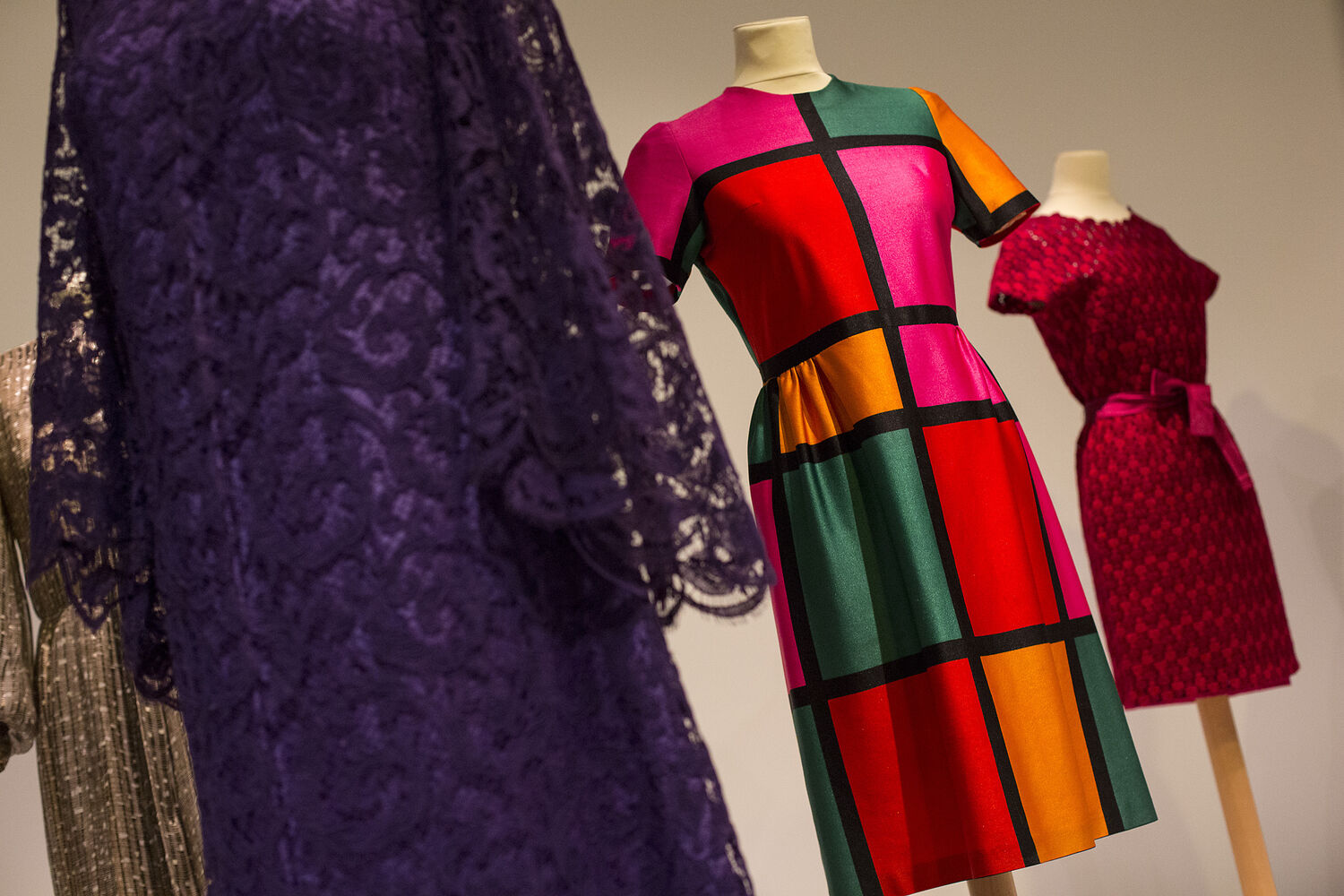
The exhibition Moda i Modistes opens today at the Museum of History of Catalonia and can be visited until 13th October 2019. It is a good opportunity to discover the legacy and evolution of this craftsmanship centennial.

Sorry, this entry is only available in Español.

here are few artists whose works are linked to one single colour. An identifying tone, existential and full of meaning. The force of this tonality is so great that it acts as a true symbol to understand the creator himself, way beyond his artistic career.
One of these names, that goes into the history of art for its totally identifiable chromatic fingerprint, was the experimental Yves Klein (Nice 1928-Paris 1962). This versatile artist and showman, was the inventor of a tone that had never existed before. As a ” father ” , he baptized and registered it in 1960 under his own name: International Blue Klein (IBK) . A deep tonality of blue that maintained the visual impact of its prized ultramarine blue, as well as the thicknesses and textures that Klein used to apply on his canvases.

How did this devotion for blue occur?
In several biographies of Yves Klein, it is explained anecdotally that one summer day in 1947, the French artist was with two friends sitting on a beach in Nice in southern France. To kill time, they decided to play a game and spread the world among them. One chose the animal kingdom, another the kingdom of plants and the young Klein examined the infinite blue of the sky and chose the mineral kingdom. That contemplation changed the destiny of his life and when he addressed his friends he announced: “The blue sky is my first work of art.”
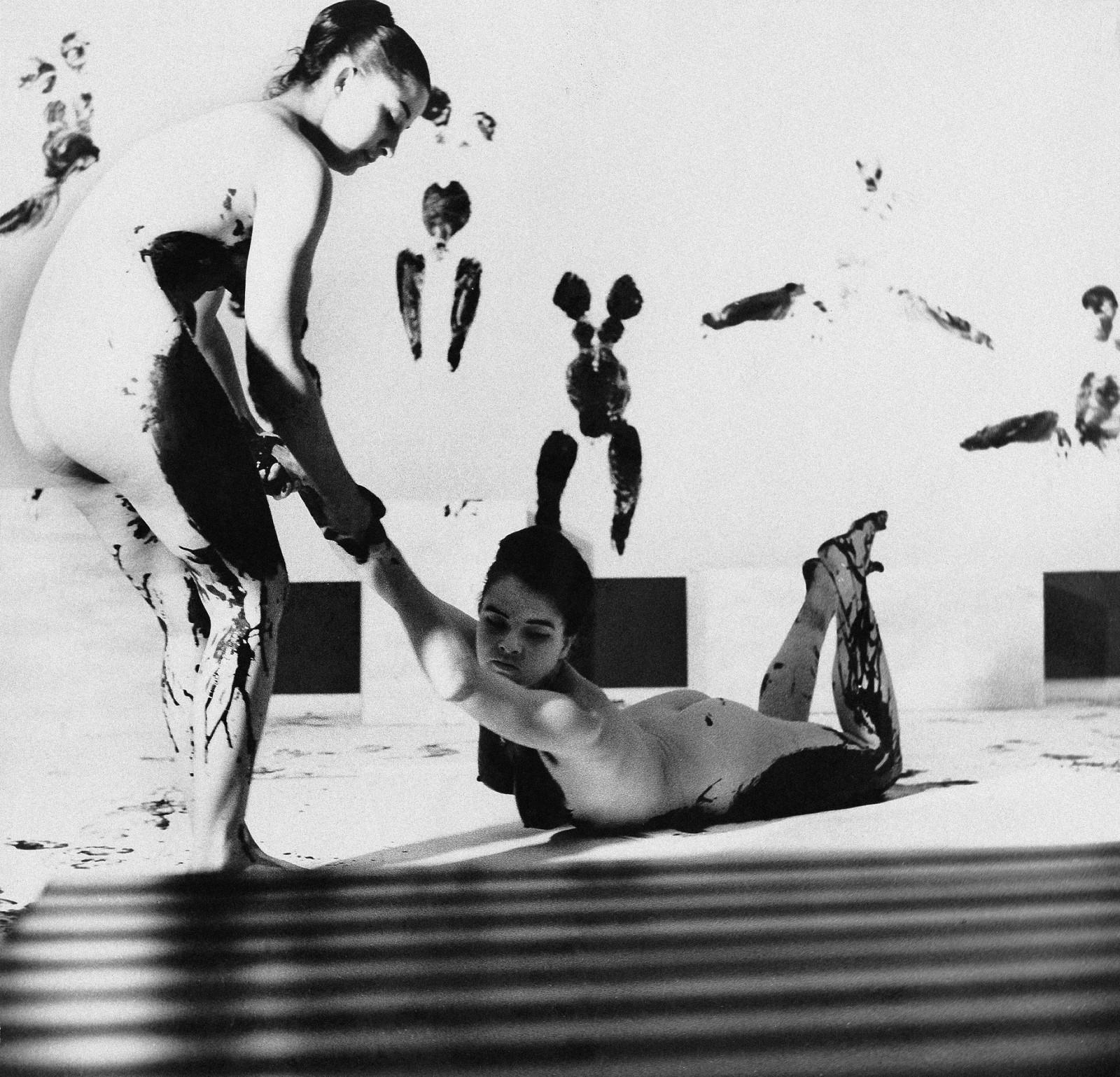
Enchanted by the cosmos and esotericism, the blue symbolized the spiritual, the mystical and the religious, and little by little, this deep tone was gaining ground with other colours present in his work such as gold or rose. It was in 1954 when he began his eclectic paintings of monochrome fields, which at the beginning were of different shades but which he eventually reduced to ultramarine blue. Klein erected around the blue colour an artistic theory that was articulated around two principles: absolute colour and emptiness, that he limited by creating what he called the “zones of immaterial pictorial sensibility.
Beyond the blue period and fire paintings, Yves Klein’s artistic career is also known for his Anthropometries, where he explored his most provocative and experimental side with paintings made by nude women that were daubed in IKB blue and turned into a continuation of the artist’s brush when they left the imprint of their bodies on stretched canvases on the wall or floor. Occasionally, he organized authentic happenings with live audiences and musicians who entertained the experimental painting sessions. What today we would call performances.
Yves Klein had a very short but intense artistic career that was especially concentrated during the last eight years of his life. He died in 1962 of a heart attack at only 34 years of age. Despite his youth, Klein defined the course of Western art and its colour, the intense International Blue Klein (IBK) has become immortal, an icon of the legacy of what is considered “the last French artist of great international impact”.
Recognition on the catwalks
Two years ago, Yves Klein’s Anthropometries were present on the catwalk in Paris with Céline. The creative director at the time, Phoebe Philo wanted to capture in two dresses of the Spring-Summer 2017 collection, the blank canvases with the silhouettes of the bodies of the women that were smeared with Klein blue paint. A recognition of this imaginative creator of contemporary art. From Gratacós, we are fascinated by the vibrant blue of the master Klein and we pay homage through some fabrics of the current collection that capture the intensity of this totally evocative blue.
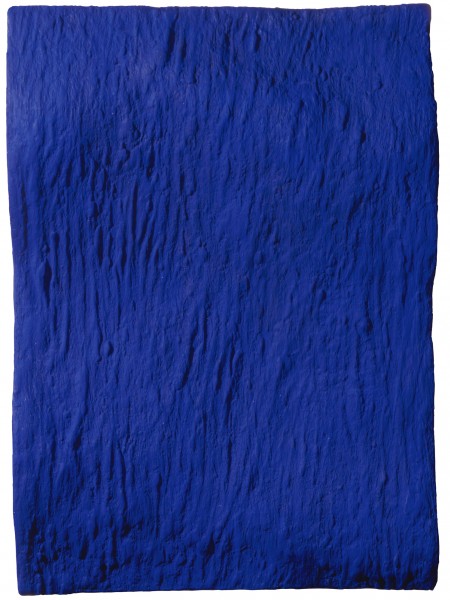
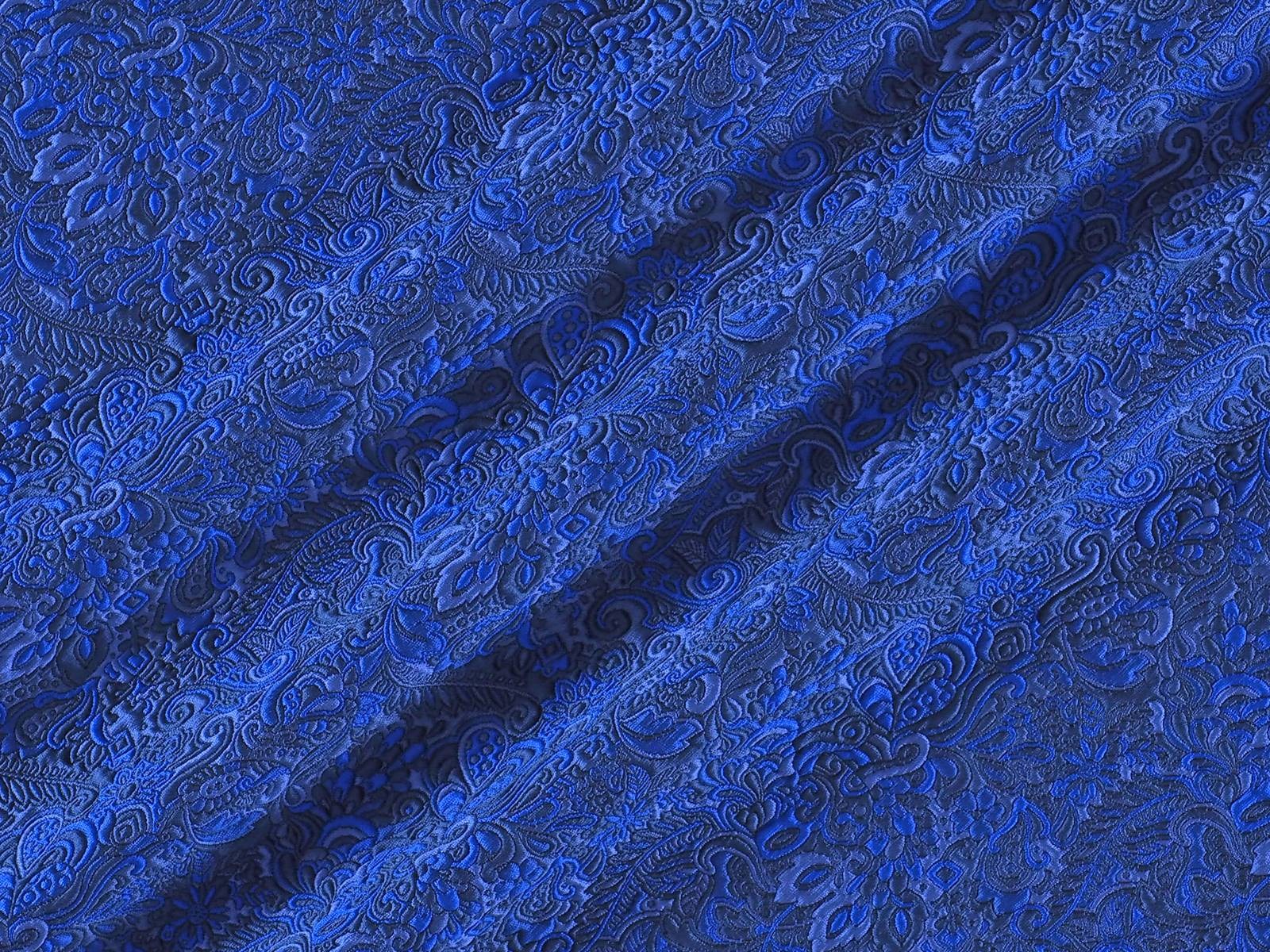
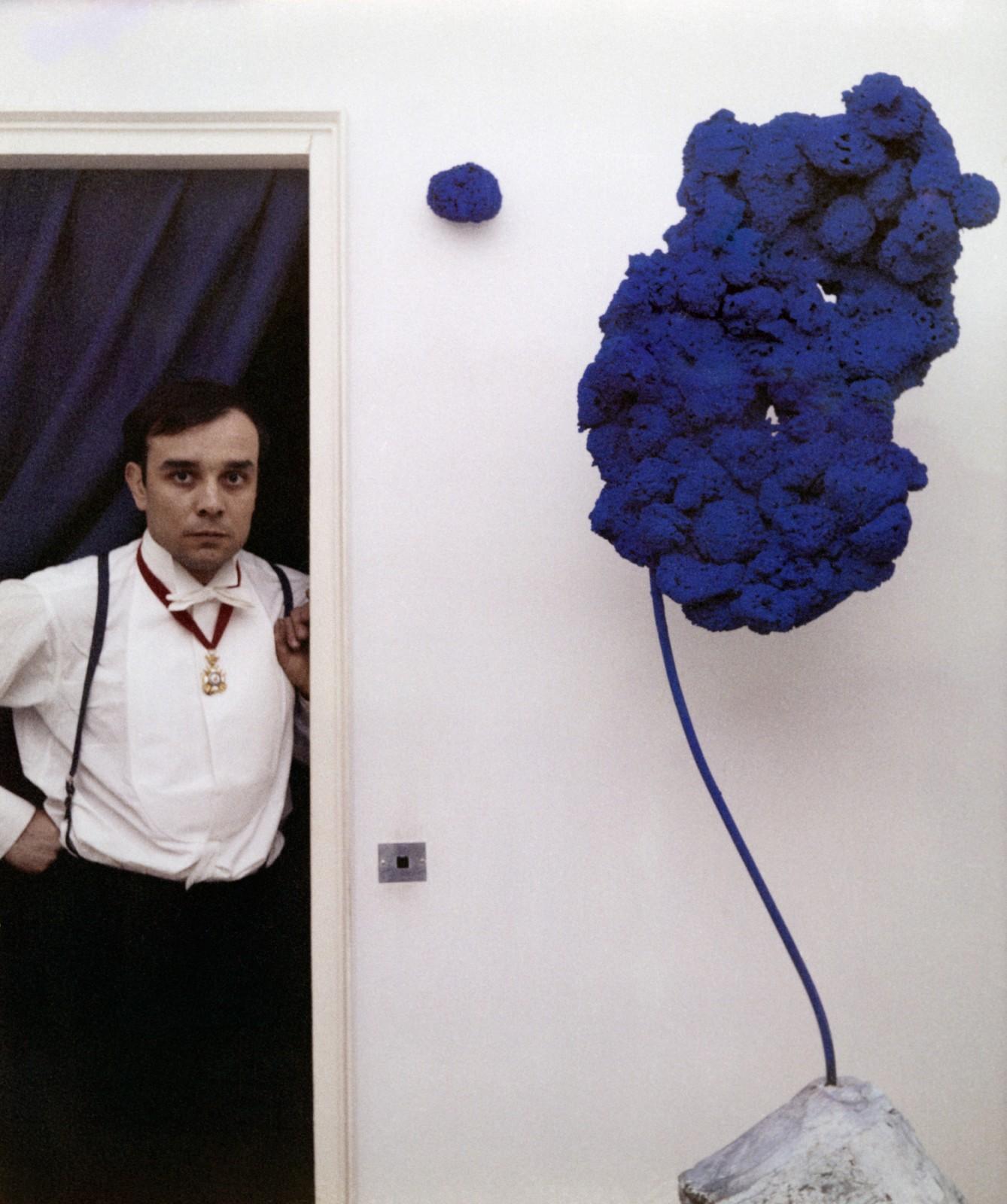
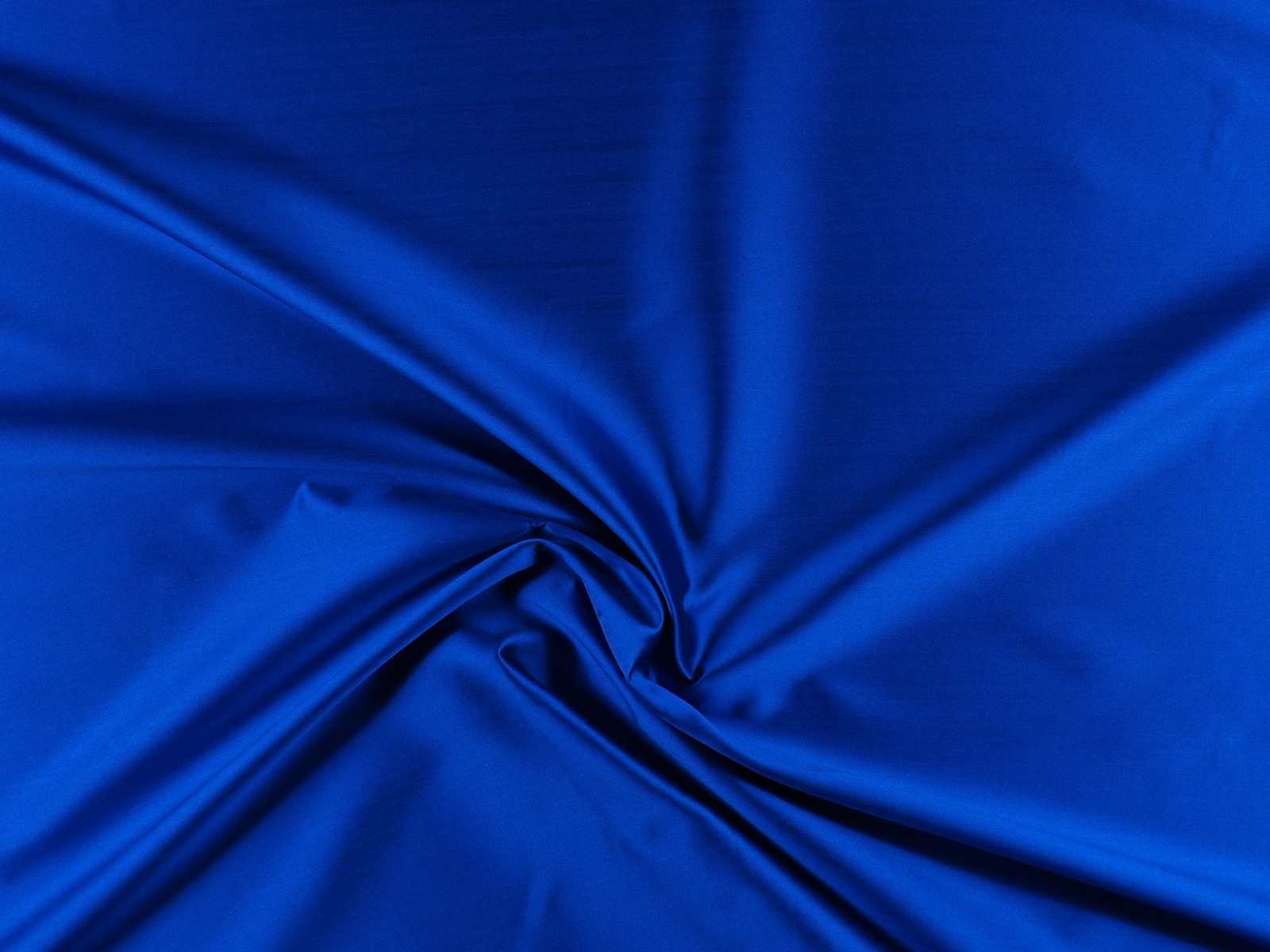
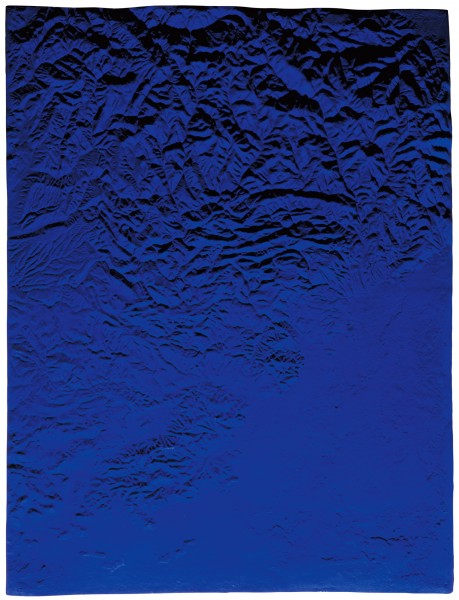
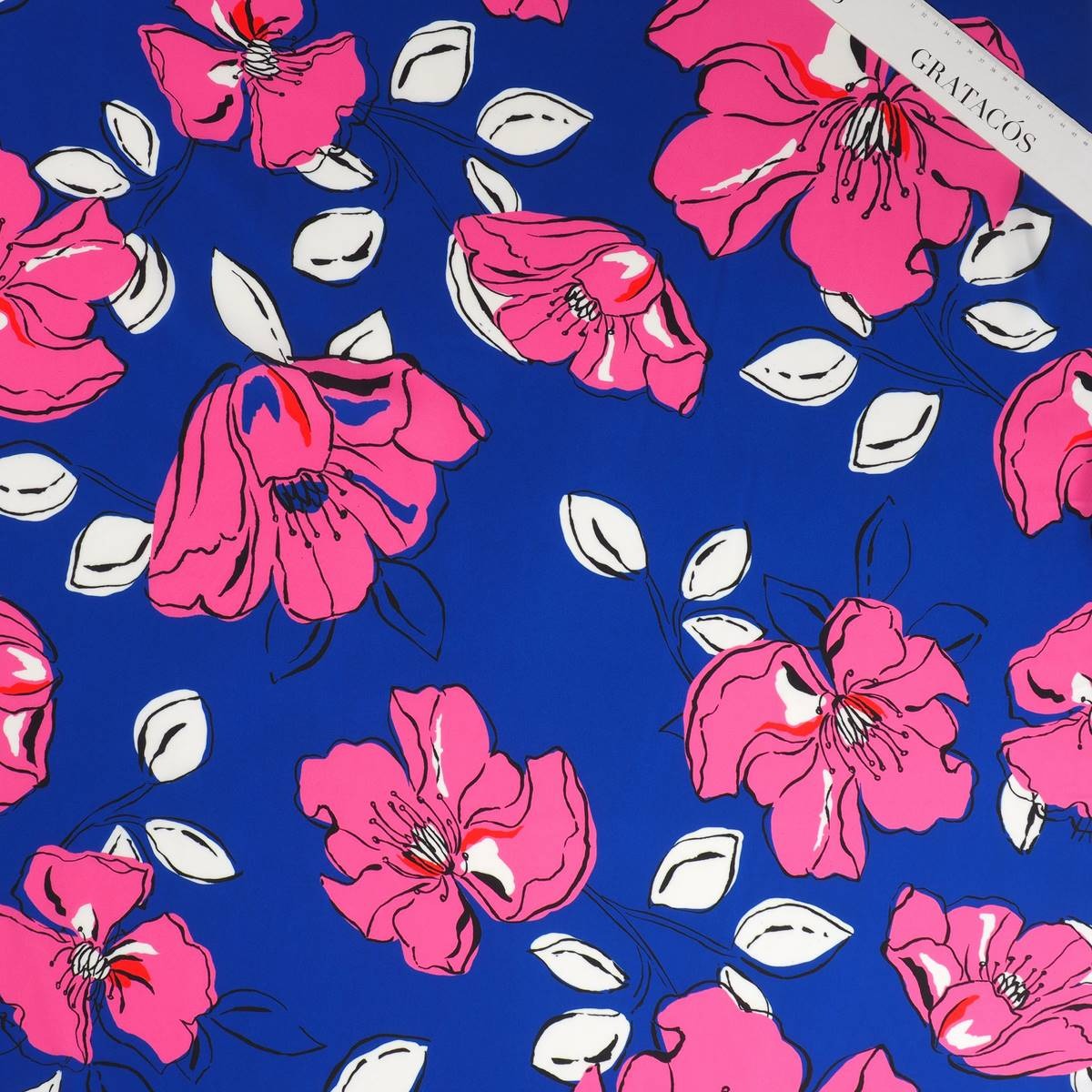
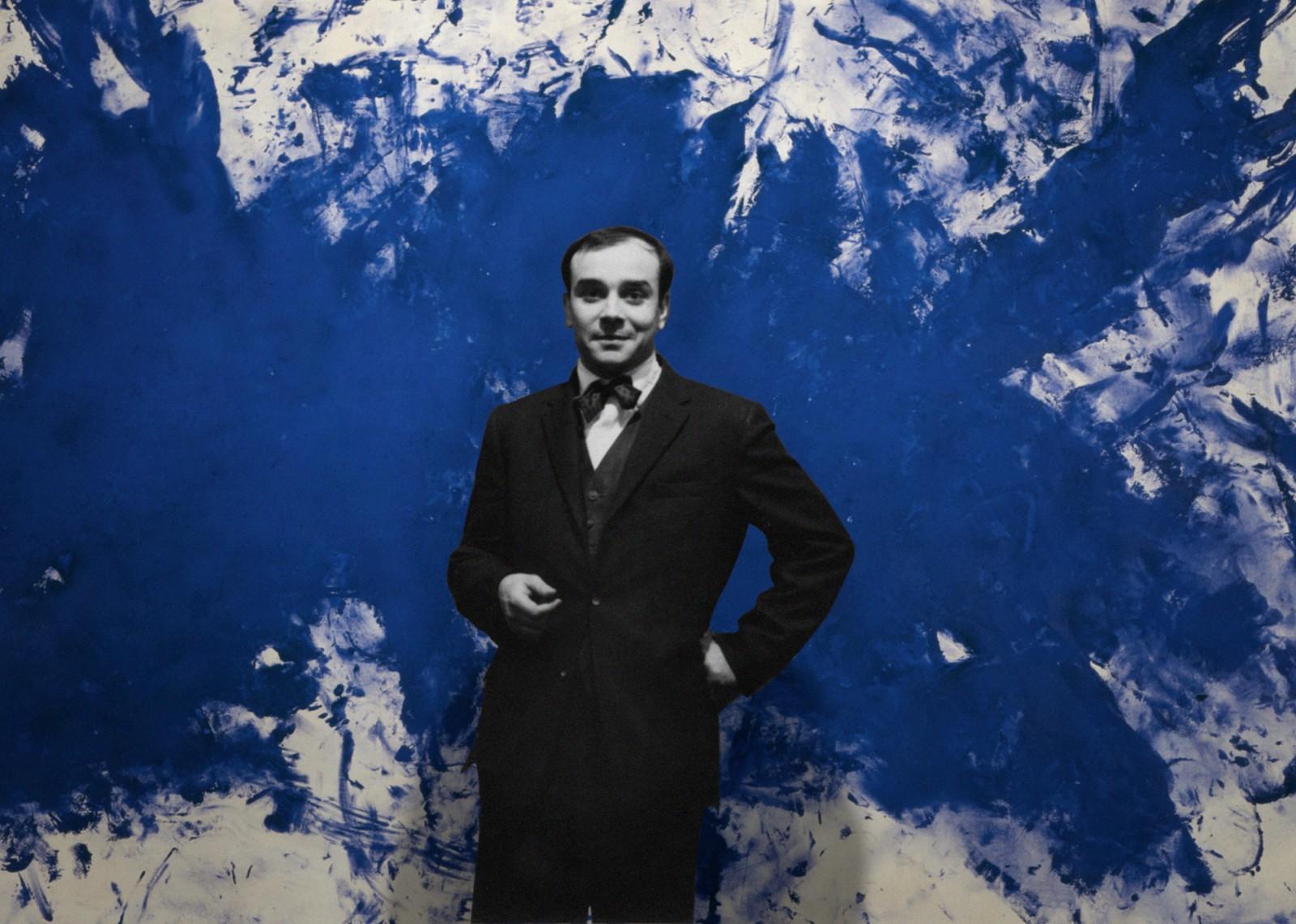
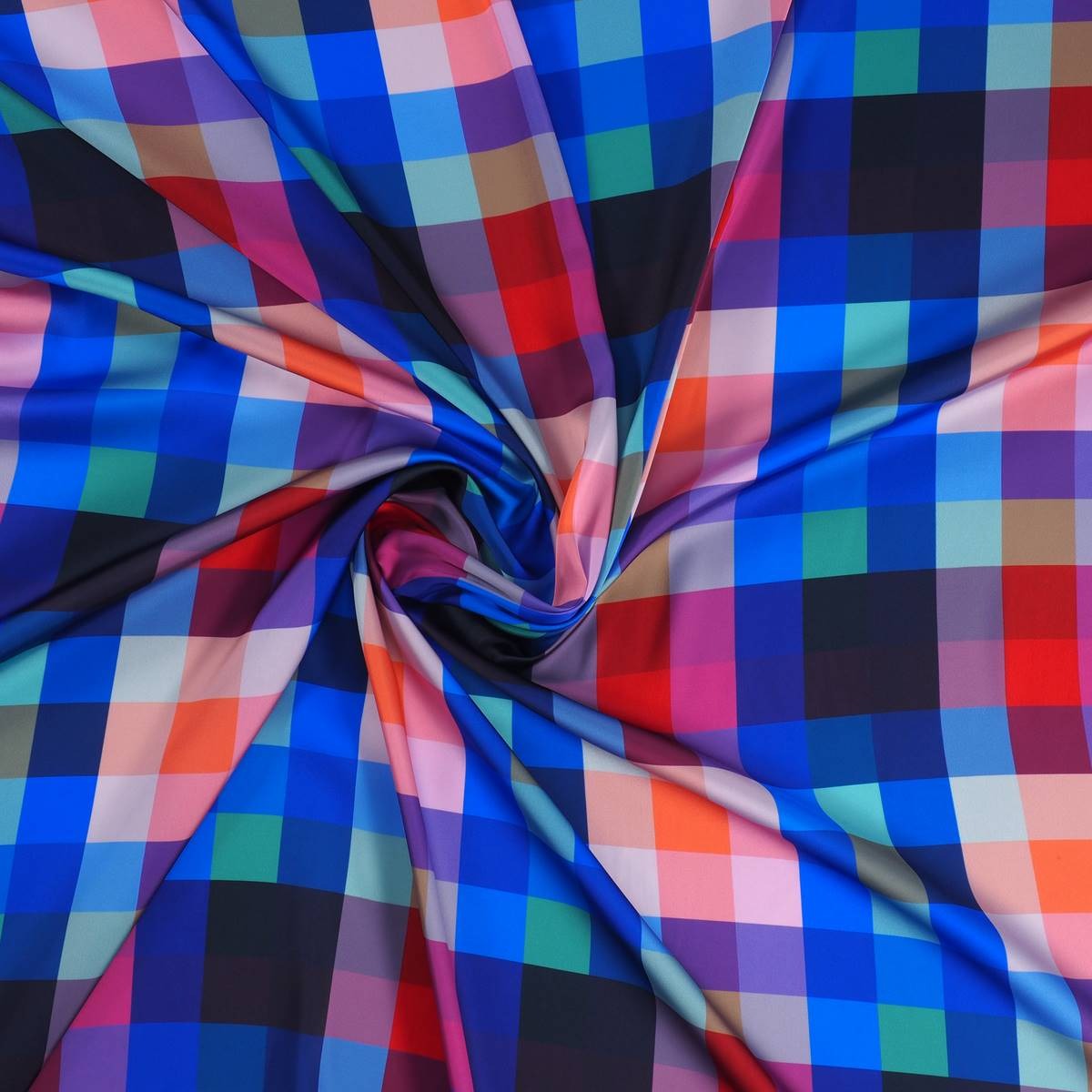

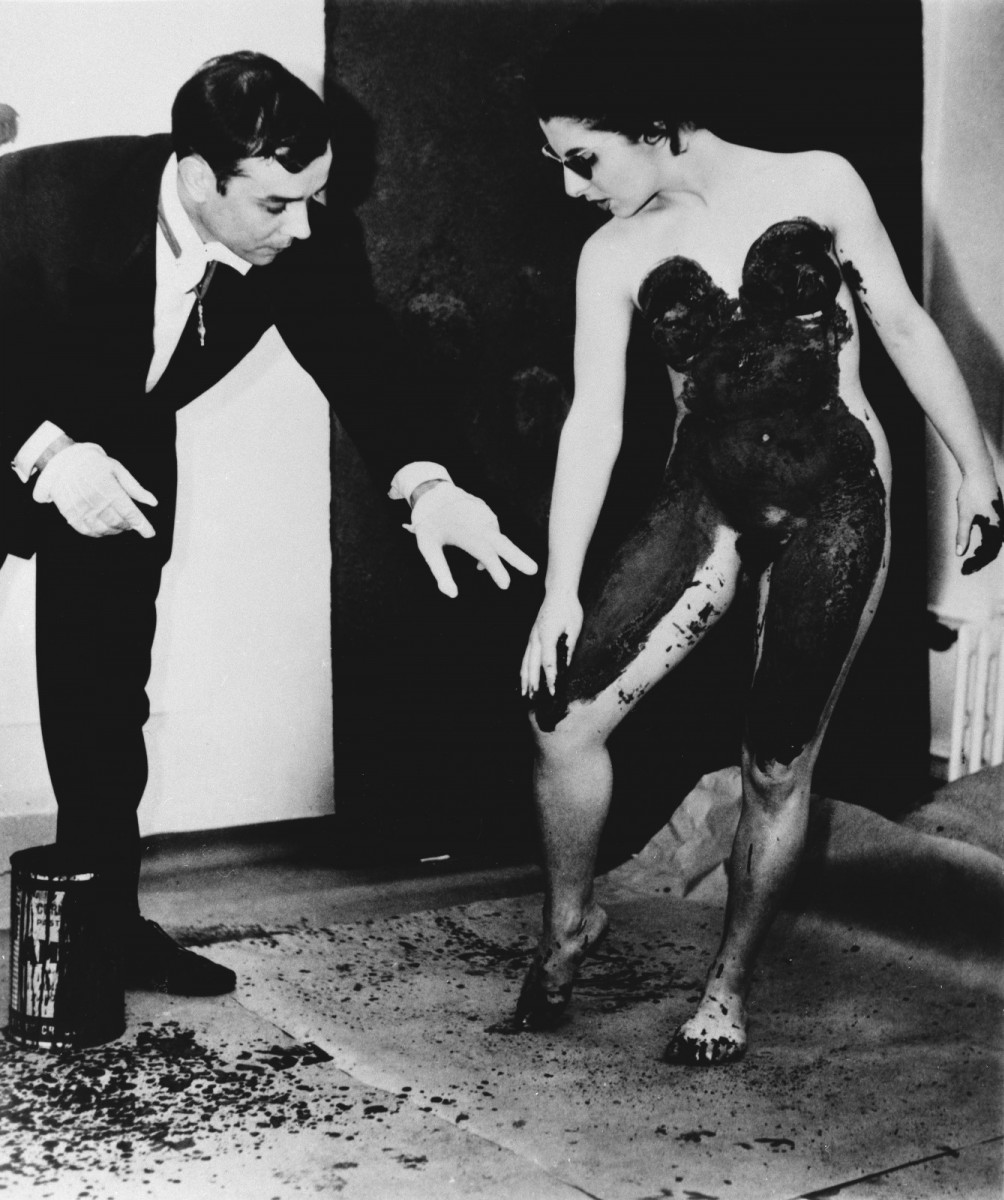
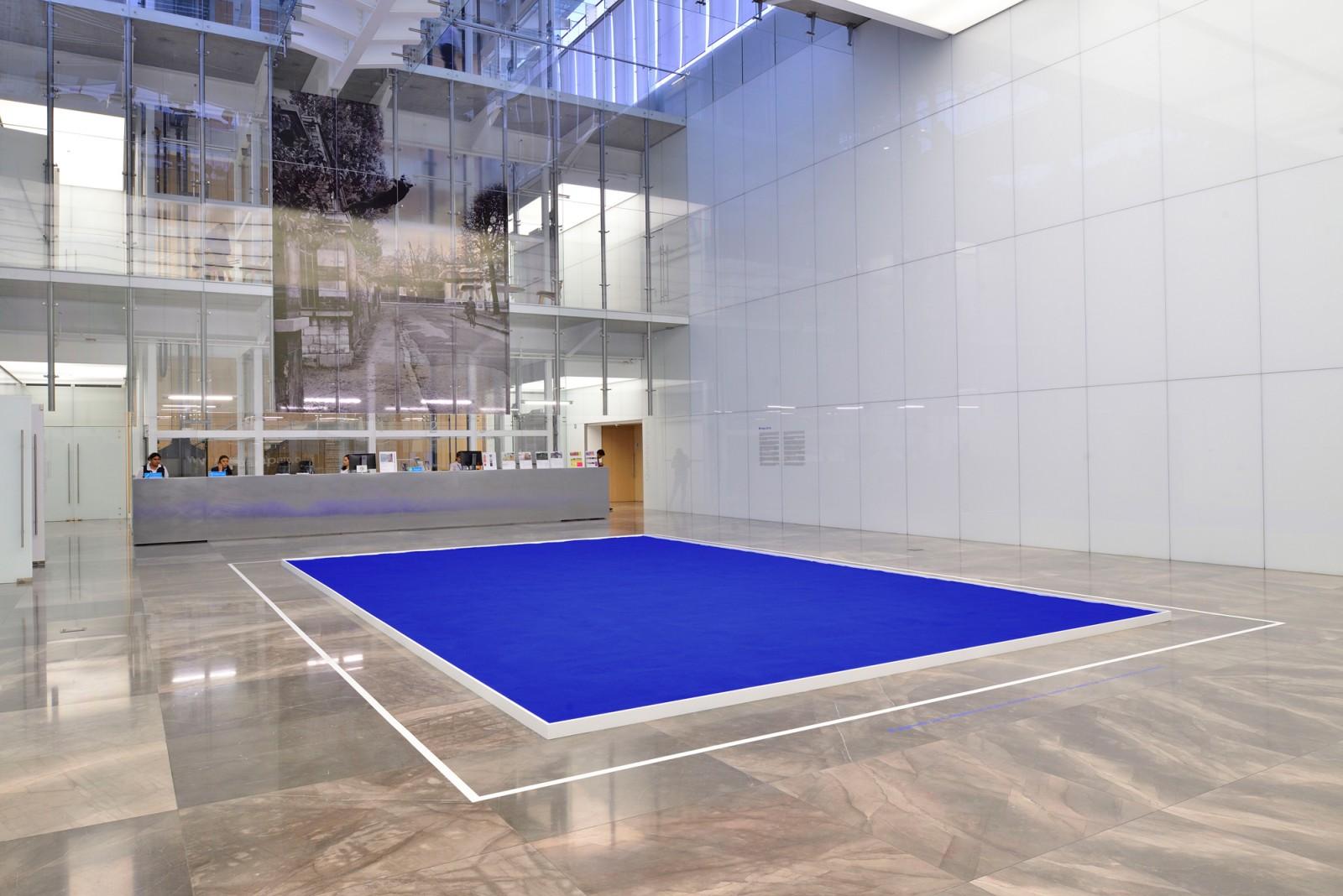
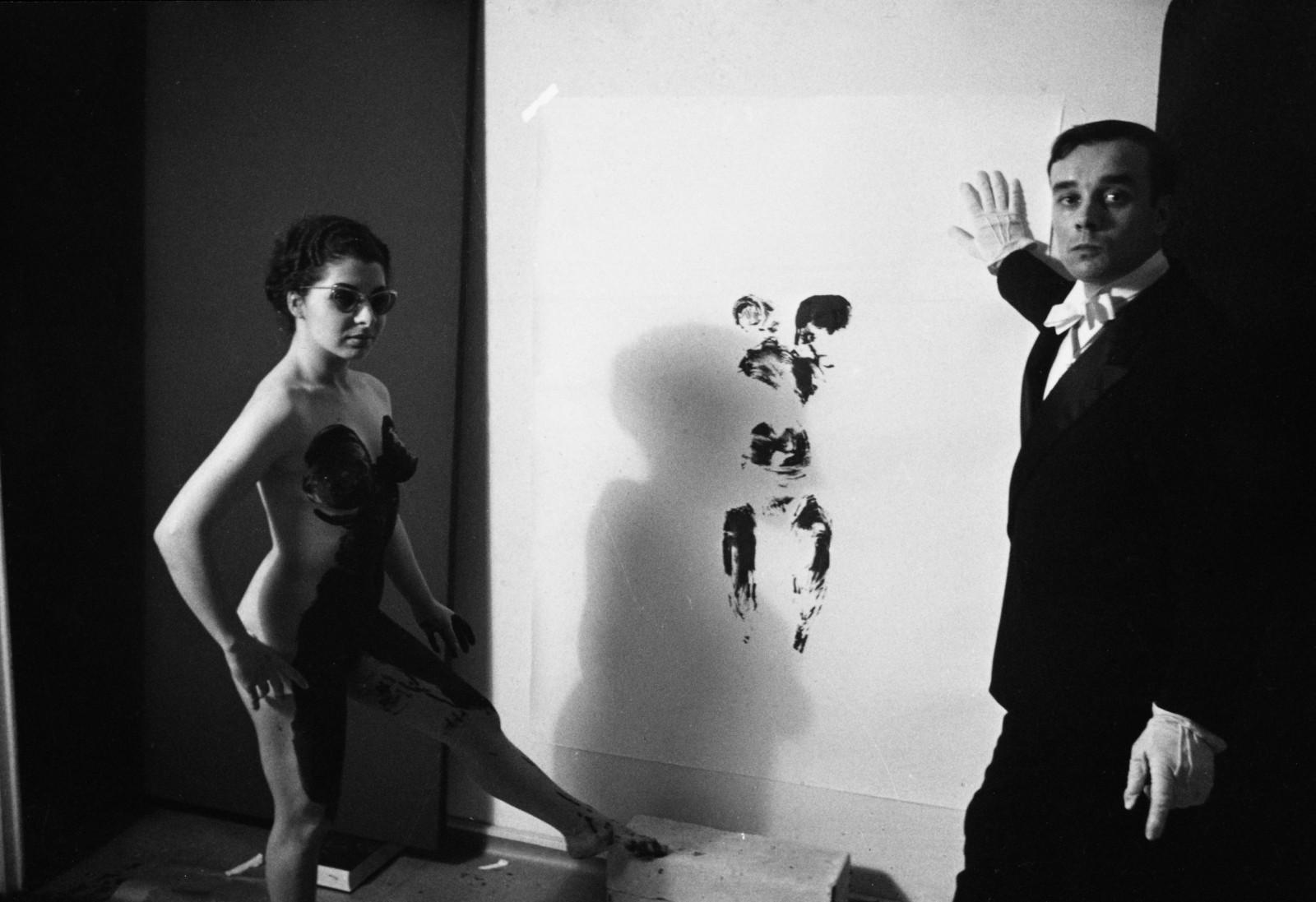
Sorry, this entry is only available in Español.

















